Saving the little penguin
Protect an iconic species and you protect the habitat and ecosystem
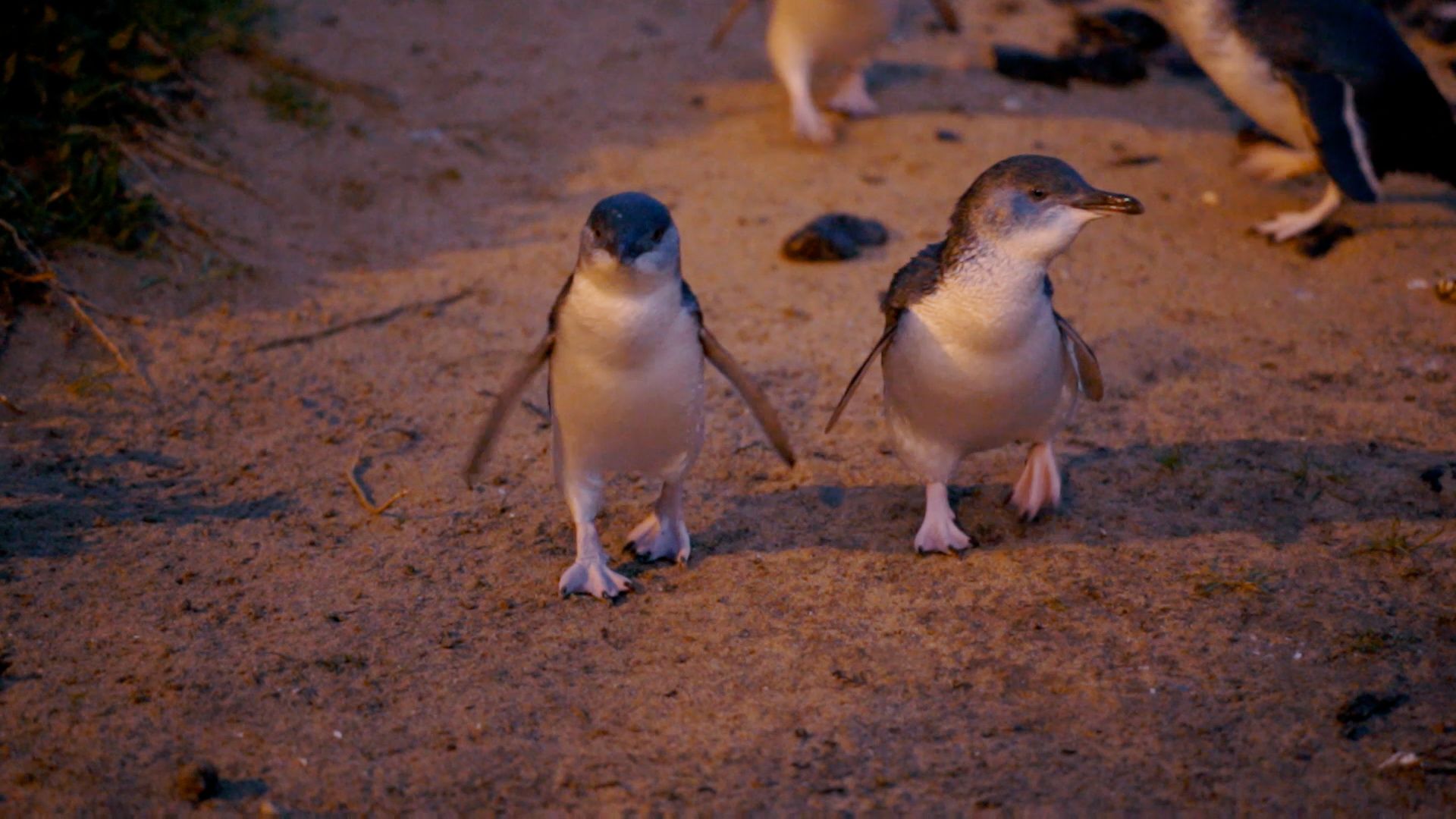
Australia's iconic little penguins are under threat on land and at sea.
But a group of conservationists in the land down under are making huge strides in protecting the adorable world's smallest penguin.
On Phillip Island, just off Australia's southern coast and about 140 kilometers from Melbourne, Summerland Peninsula has become a refuge from humans and predators such as foxes.
The penguin colony here has bounced back from 8,000 to 32,000 individuals, and the whole ecosystem has flourished.
"To have iconic species as your flagship to a particular conservation helps a lot," Andre Chiaradia, lead penguin biologist and research scientist at Phillip Island Nature Parks, told RAZOR.
"It's quite a unique attraction and it's quite an incidental success, where people come to see this tiny penguin, 30 centimeters tall, walk across the beach, looking like a toddler. And so people love it, and, of course, kids just absolutely adore it," he added.
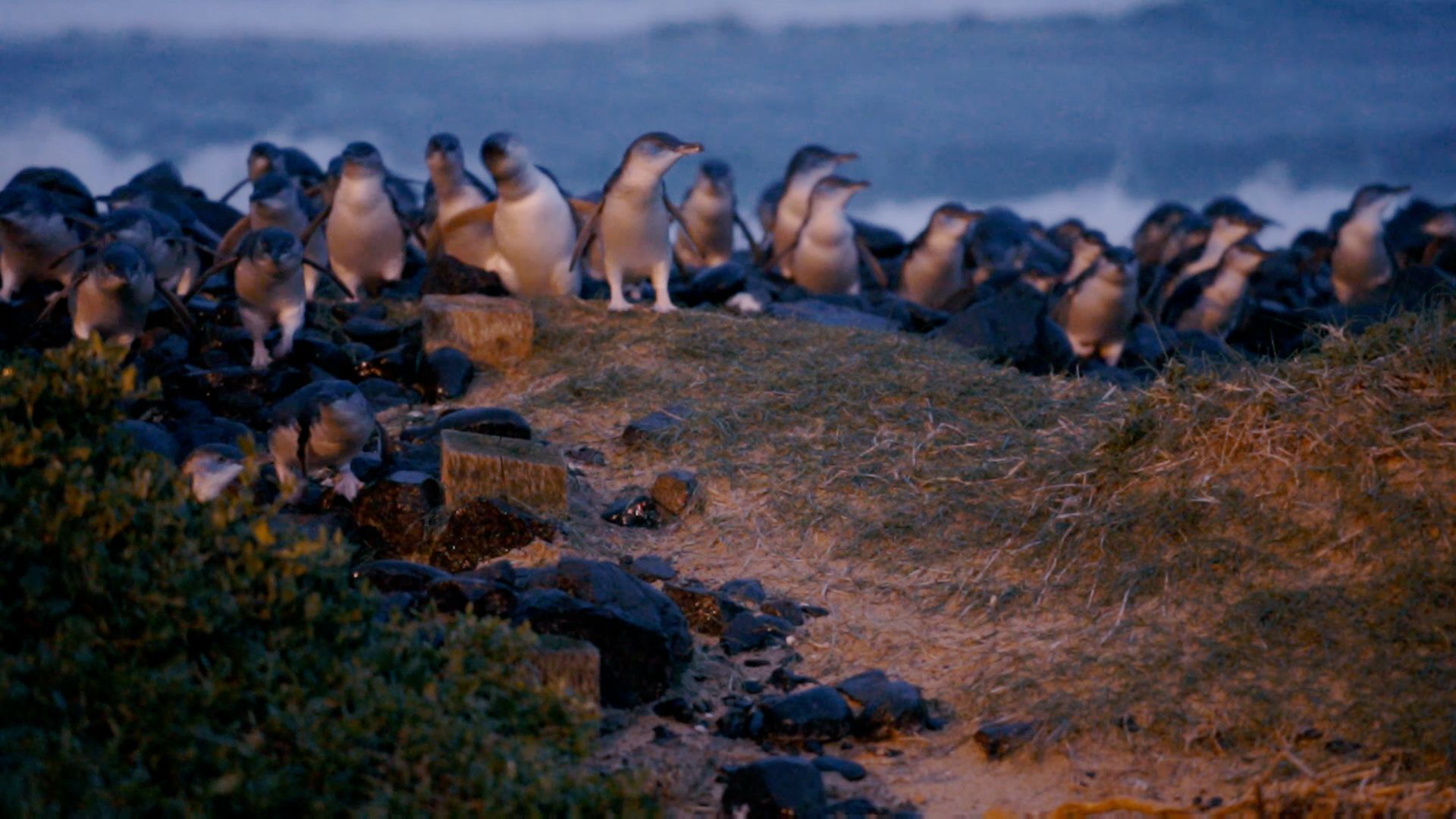
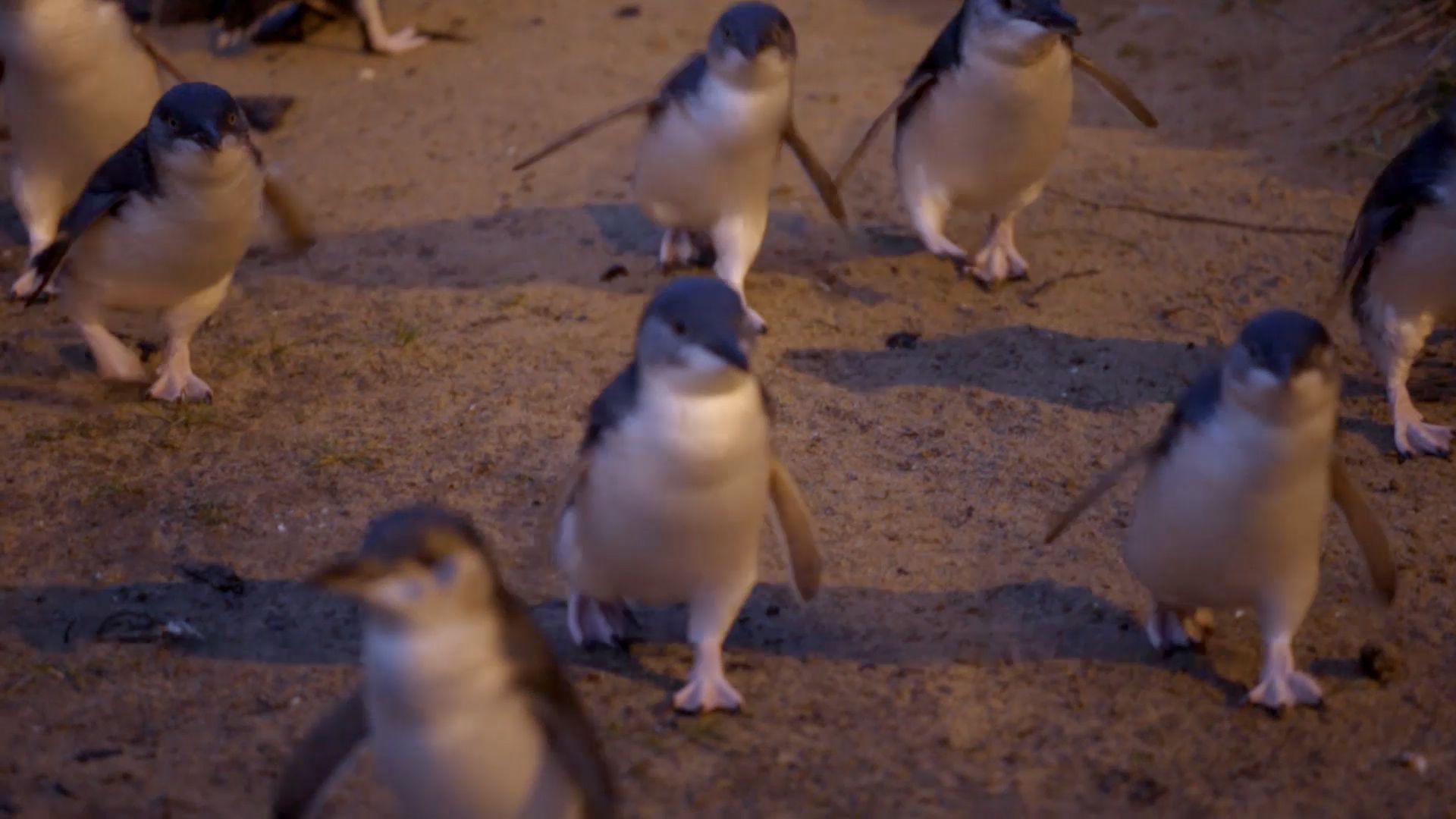
PROTECTING THE PENGUINS ON LAND
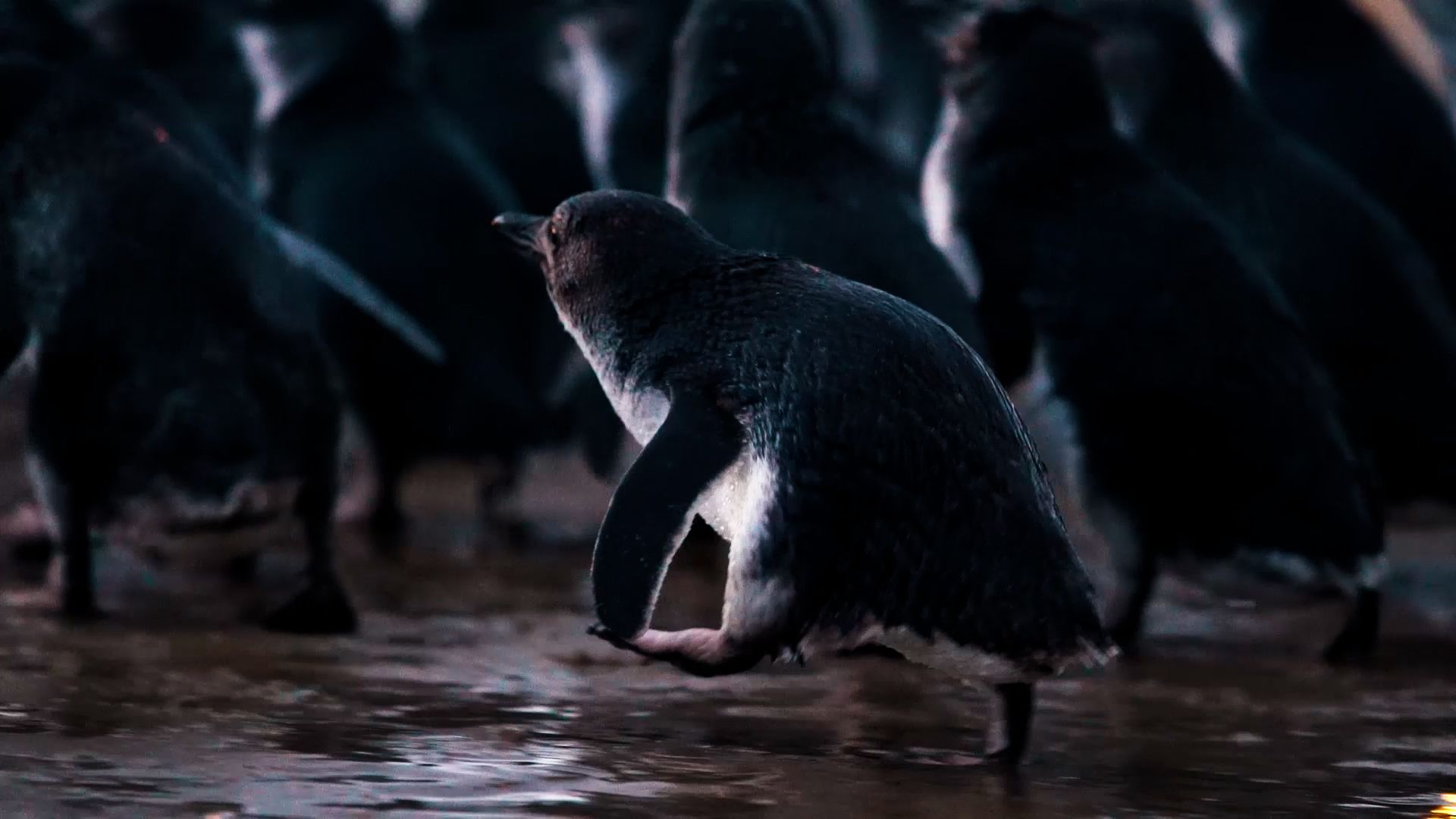
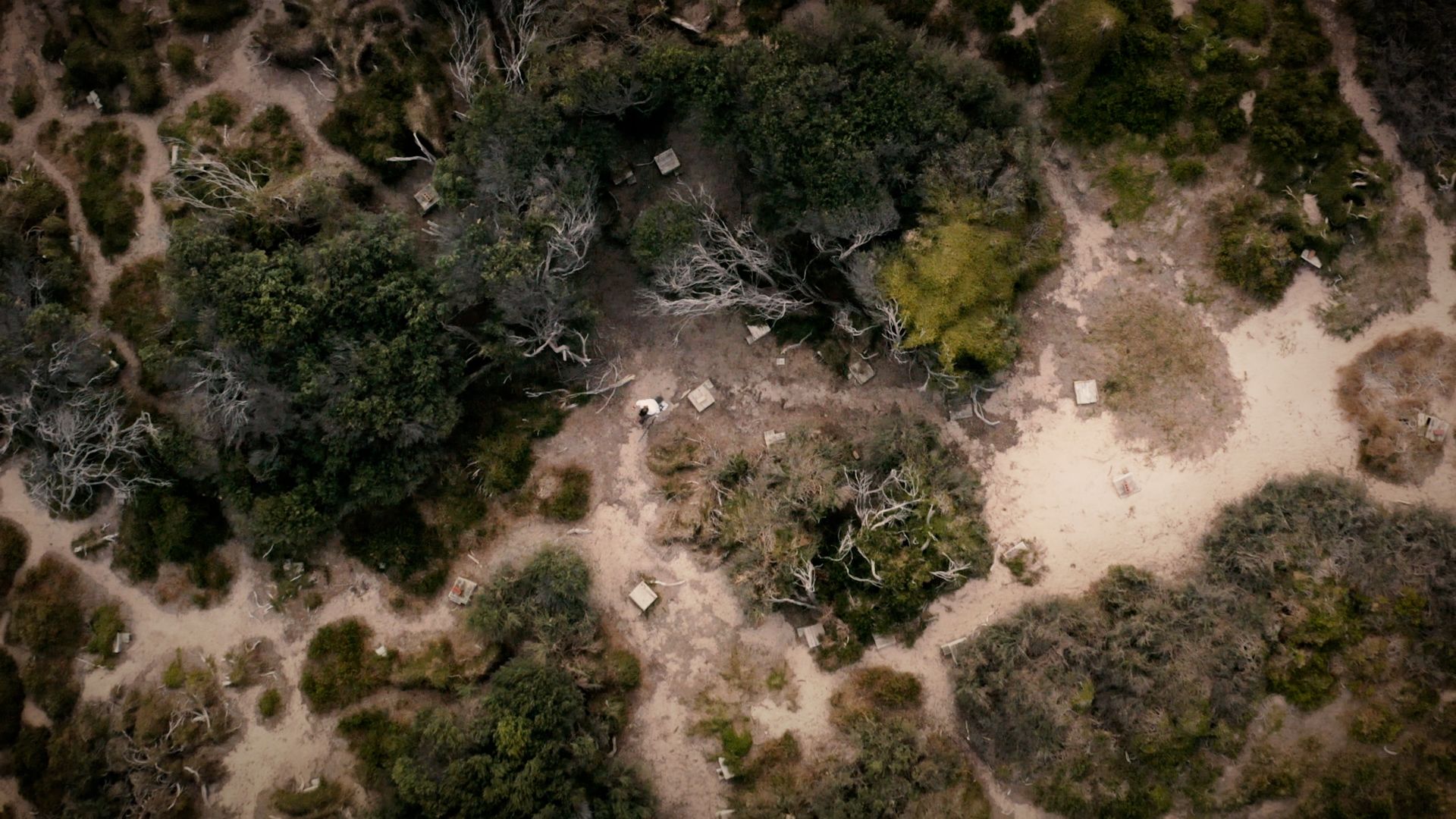
There are about 32,000 penguins on Phillip Island, the largest colony in the world. /CGTN
There are about 32,000 penguins on Phillip Island, the largest colony in the world. /CGTN
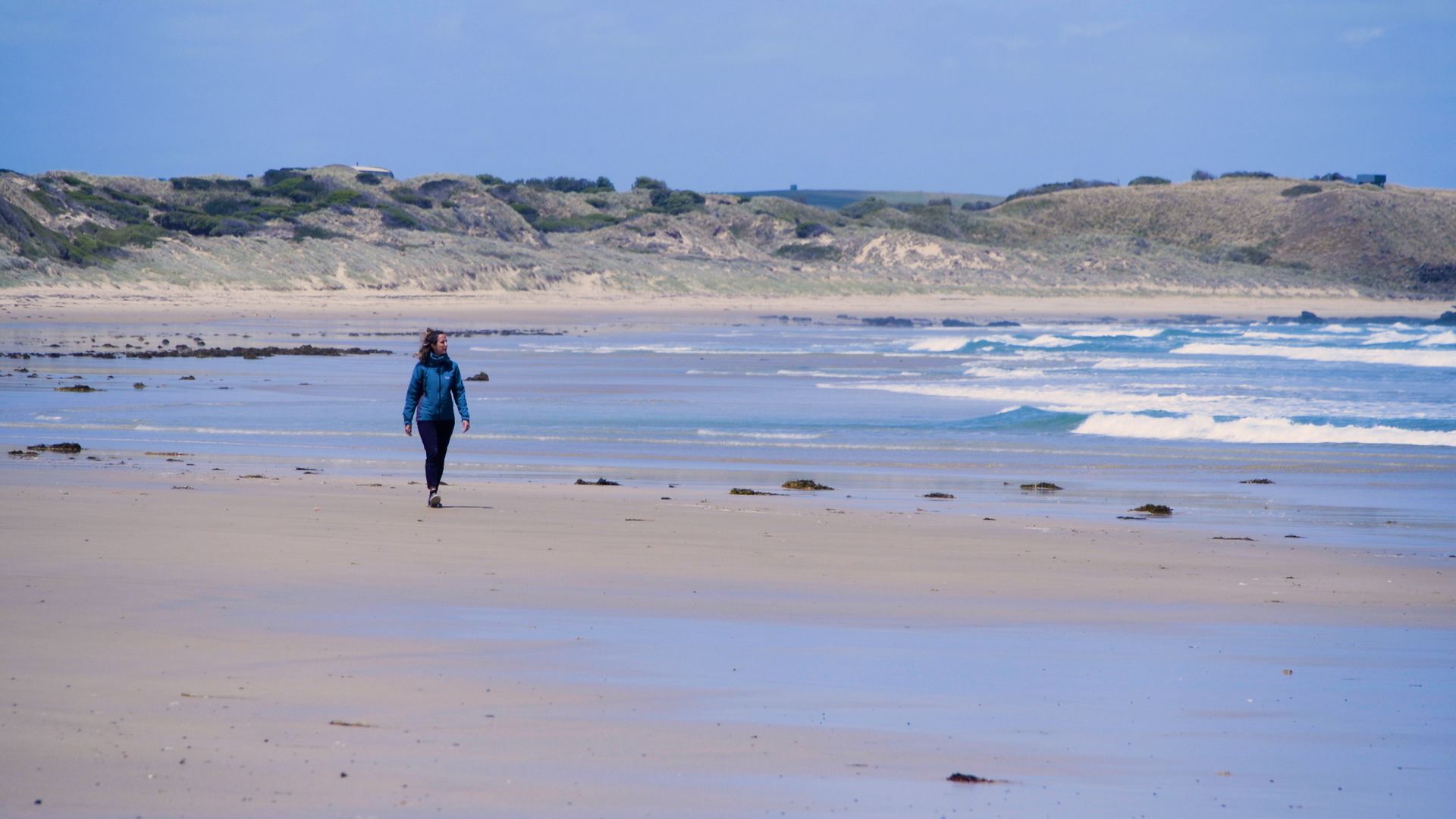
Phillip Island is located just off the southern coast of Australia. /CGTN
Phillip Island is located just off the southern coast of Australia. /CGTN
The natural ecosystems we depend upon are in crisis globally, with around a million species at risk of disappearing from the wild.
Penguins feed in the ocean and breed on land, so they face dangers in both places: Over half of penguin species are threatened with extinction.
RAZOR's Sylvia Rowley took a trip to the picturesque southeastern coast of Australia to learn more about the work of the conservationists trying to protect the little penguin.
"It doesn't look like it, but we're in the middle of the largest little penguin colony in the world," Chiaradia told RAZOR.
"So we probably have about 4,000 penguins in this particular area. On Phillip Island, we have about 32,000 penguins," he explained, as the little creatures chirped away in their nests.
There are 18 species of penguins around the world, and all of them are in the Southern Hemisphere.
Chiaradia said little penguins are endemic to Australia and New Zealand, and the only places in which the population is doing well are where there are some sort of conservation plans in place.
"Our job here is to look after Phillip Island, and if we look after penguins, we bring together all the other species that benefit from those conservation plans," Chiaradia said.
There are 18 species of penguins around the world, and all of them are in the Southern Hemisphere.
Chiaradia said little penguins are endemic to Australia and New Zealand, and the only places in which the population is doing well are where there are some sort of conservation plans in place.
"Our job here is to look after Phillip Island, and if we look after penguins, we bring together all the other species that benefit from those conservation plans," Chiaradia said.
Chiaradia and his team work on Phillip Island, where the Summerland Peninsula has become a refuge for the iconic little penguin.
Over the past few decades, the team has slowly transformed the penguins' habitat so they're well protected when they come ashore, especially during the breeding season, which takes place from August to February.
It's crucial for the future of the colony that the chicks grow into healthy adults, so research officer Jordan Roberts is monitoring their development closely, armed with a microchip scanner and other tools to record their progress.
Selected chicks are weighed three times a week to check how they're developing, and the larger one of a pair is marked with food coloring to tell them apart.
While some penguins dig their own nests, called natural burrows, staff at Phillip Island Nature Parks have built artificial nest boxes for some of the chicks, as penguins aren't the only ones who have sought out a home in this prime coastal location.
"So there's been areas within the Summerland Peninsula that unfortunately in the past have been disturbed by human activity," Phillip Island Nature Parks ranger Jordan Roberts told RAZOR.
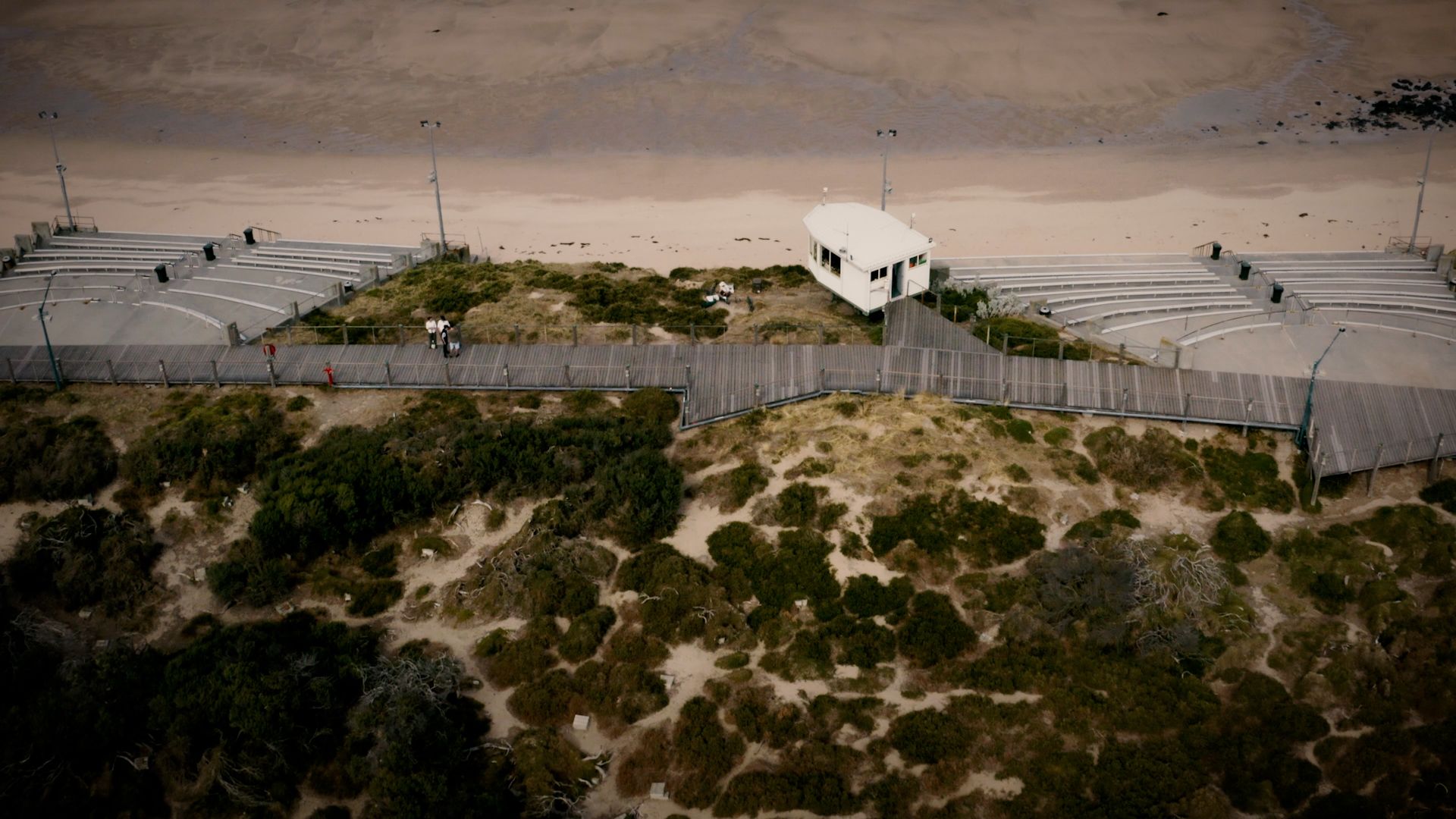
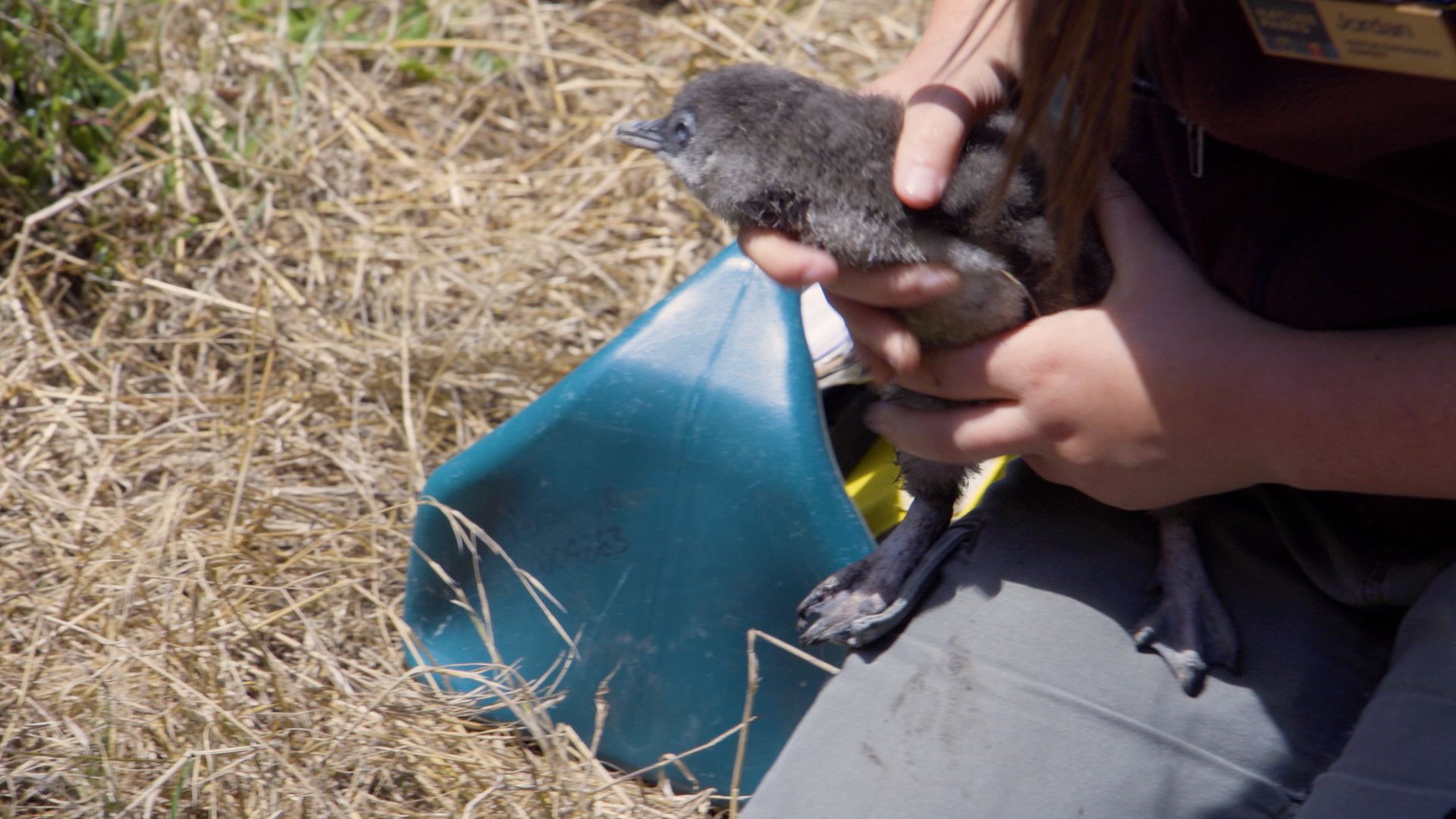
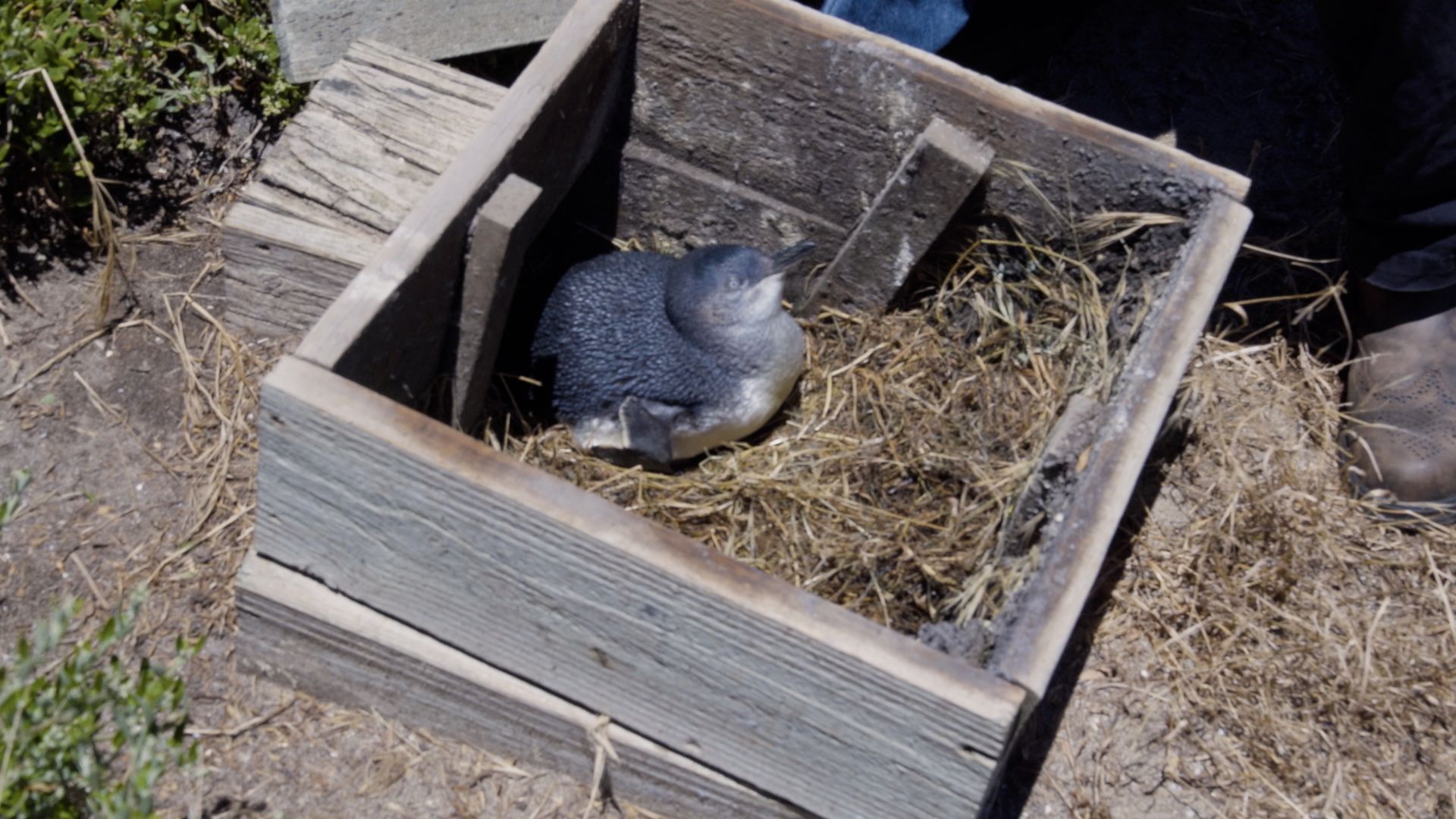
Little penguins can nest up to two kilometers inland.
When humans built 190 homes and other buildings on their breeding grounds, their burrows were destroyed and penguins were run over by cars or killed by cats and dogs.
"There actually used to be a fairly large housing estate in between us here and the Nobbies, which is about three kilometers west of where we are," Roberts explained.
"There was a big housing buyback scheme where the government took nearly 30 years but bought all the houses back, and now it's been completely rehabilitated into penguin habitat," she added.
It is thought to be one of the only places in the world where a thriving suburb has been demolished for wildlife, and along with other measures it's helped prevent disaster for the penguins.
"Back into the mid 1980s the colony got down to about 8,000 penguins and it seemed to be dropping quite consistently and if the trajectory continued there were going to be none left by the year 2000."
Besides the Summerland buy-back scheme, conservationists also started fox eradication work to protect the penguins and other at risk species.
In the past, the European red fox, which was deliberately introduced to Australia by settlers for hunting, was one of the other biggest threats to penguins here.
But after decades of work, foxes were finally eliminated from Phillip Island around five years ago, benefitting not only the penguin colony.
Native species on Phillip Island such as Cape Barren geese, swamp wallabies, ringtail and brushtail possums, and purple swamphens have bounced back in the absence of foxes.
"And one of the most exciting things that we've been able to do is introduce the eastern barred bandicoot to Phillip Island," Jordan Roberts said. "And it's a small marsupial, that's got a little pouch like a kangaroo or a koala, it's kind of the size of a small rabbit, and they're classified as extinct on mainland Australia."
"But we're lucky enough to have a very healthy colony out here," she added.
The experience here shows that when you take extraordinary measures to protect the habitat of an iconic species, the whole ecosystem can flourish.
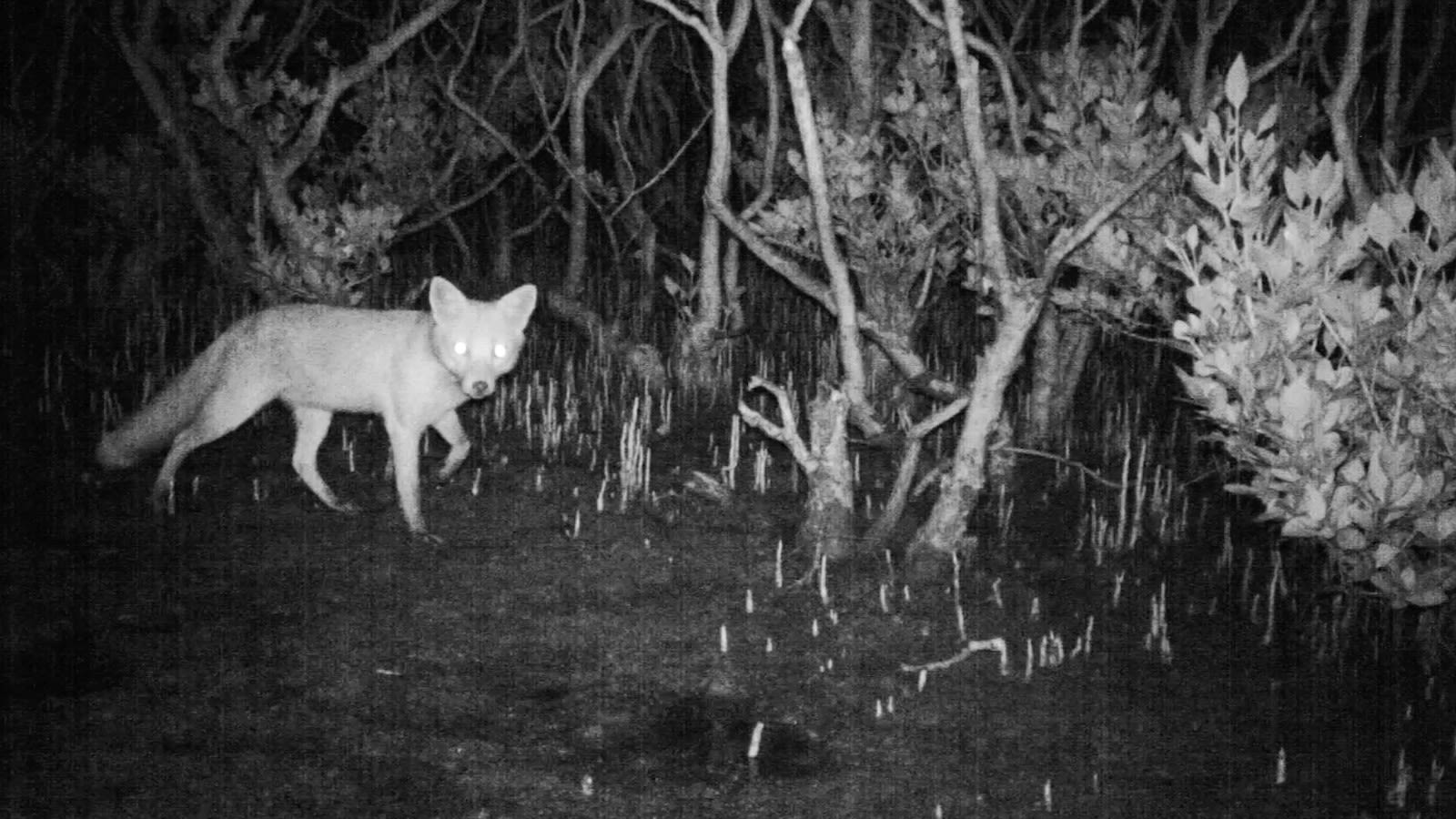
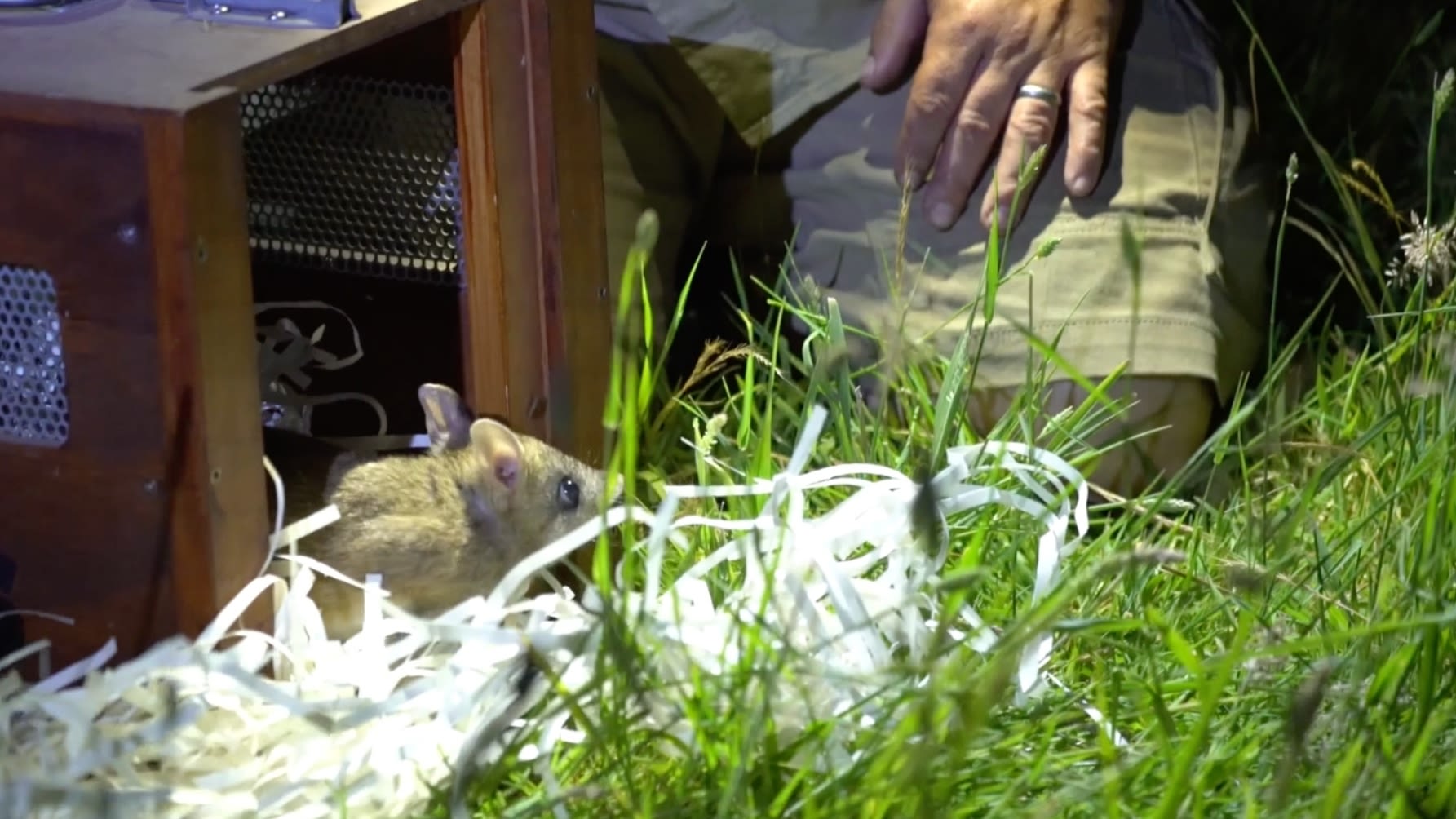
GUARDIAN DOGS
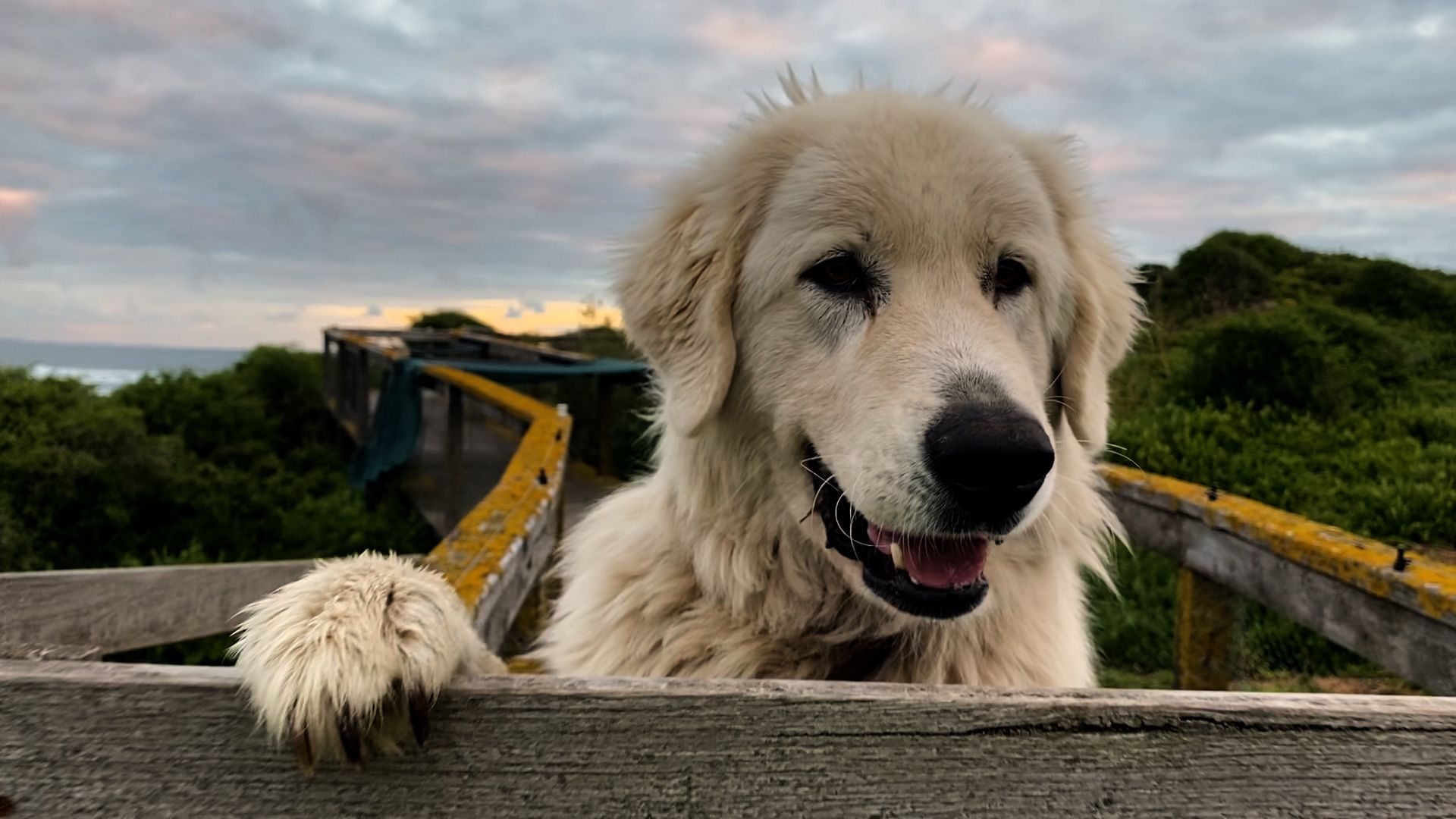
Foxes may be gone from Phillip Island, but along the mainland and on smaller islands close to shore, they continue to be a prime threat to the penguins' survival, and many colonies have been wiped out.
"We started having this horrible problem out at Middle Island between about the year 2000 and 2005 where foxes started coming to the island," marine biologist Patricia Corbett told RAZOR.
"And unfortunately, they don't just kill for survival, they will kill for fun… So they can kill over one hundred [individuals in one night], whether it's chickens, whether it's shearwaters," Corbett said.
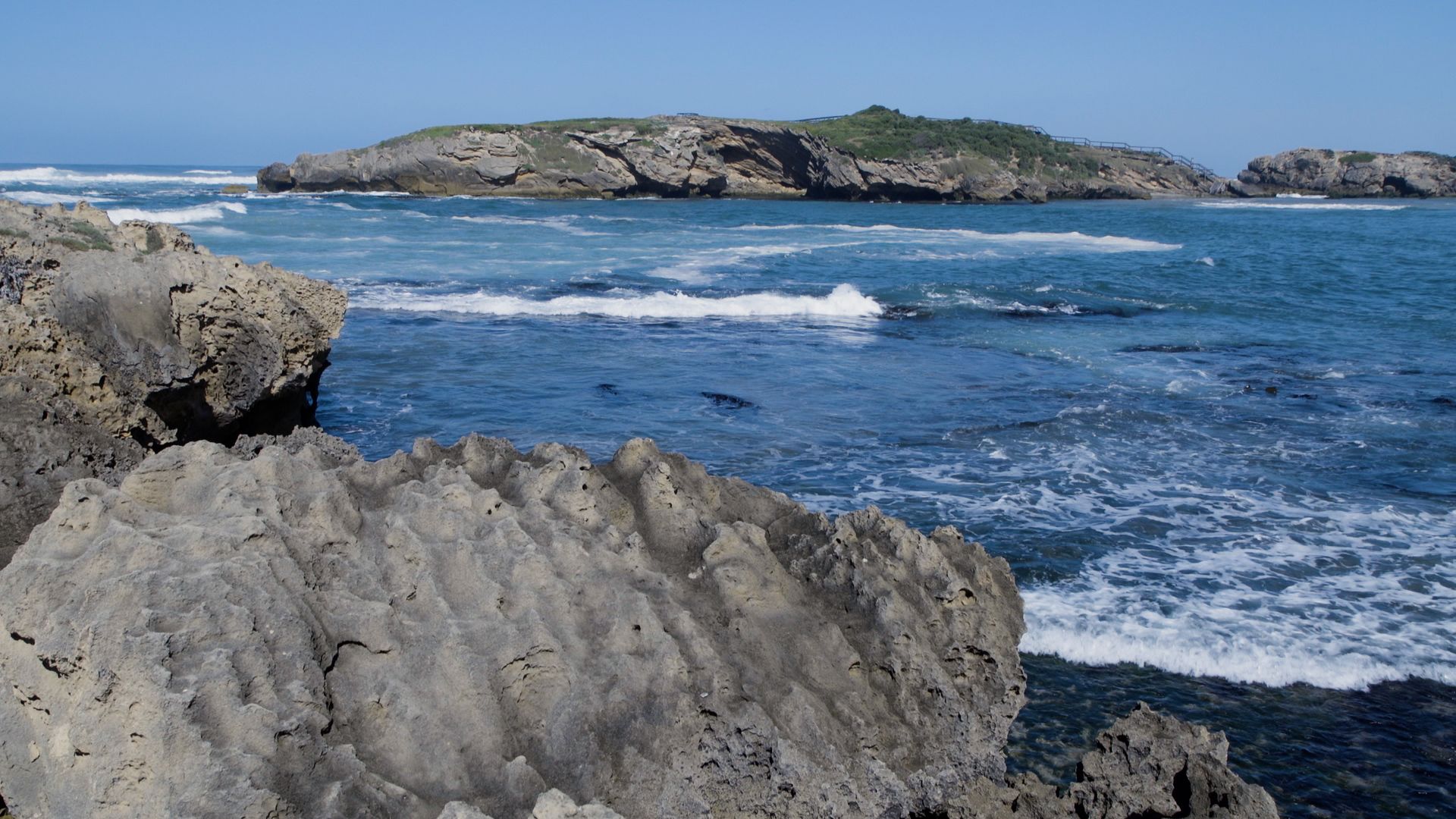
Middle Island is a small, rocky outcrop on the coast, situated next to the city of Warrnambool. /CGTN
Middle Island is a small, rocky outcrop on the coast, situated next to the city of Warrnambool. /CGTN
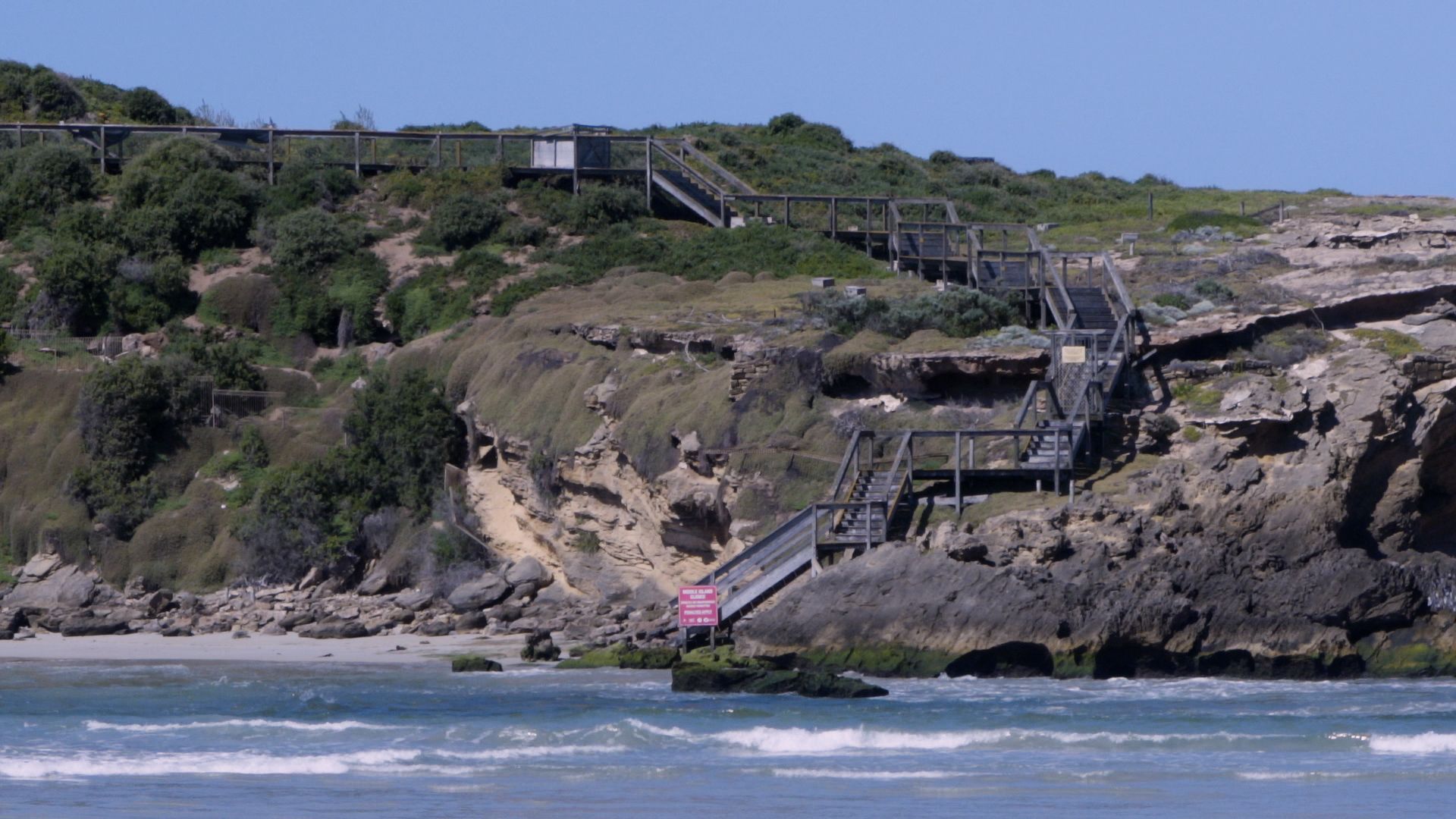
Maremmas have been trained to protect Middle Island, which is home to a colony of little penguins, from foxes and other predators. /CGTN
Maremmas have been trained to protect Middle Island, which is home to a colony of little penguins, from foxes and other predators. /CGTN
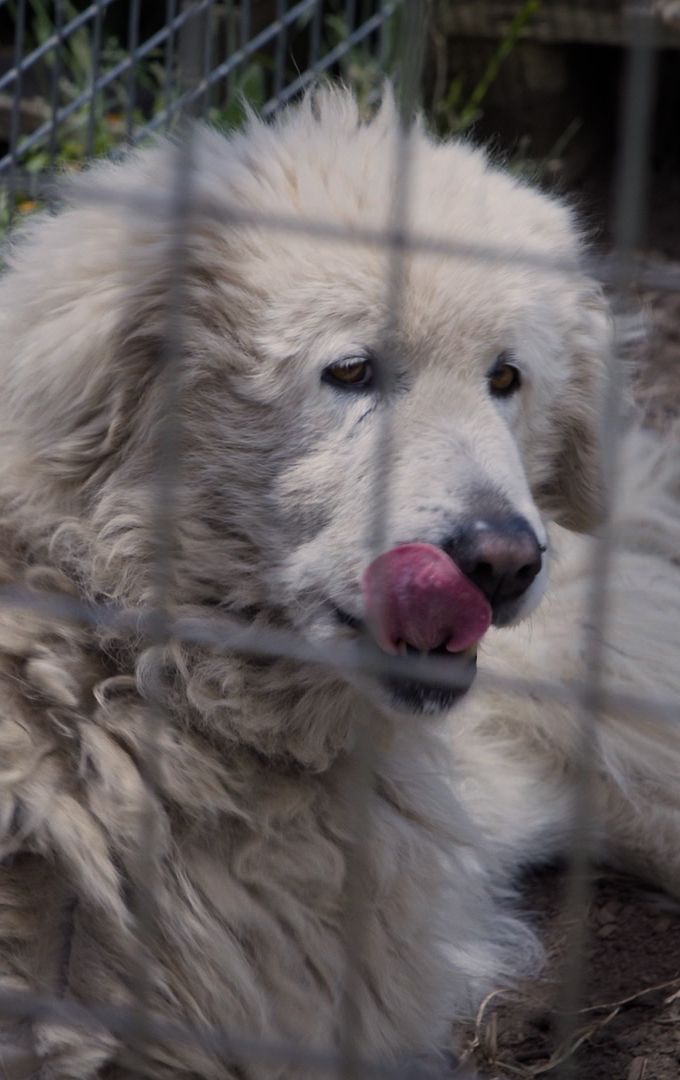
The Middle Island Penguin Project is the first of its kind in the world to train Maremmas to protect penguins. /CGTN
The Middle Island Penguin Project is the first of its kind in the world to train Maremmas to protect penguins. /CGTN
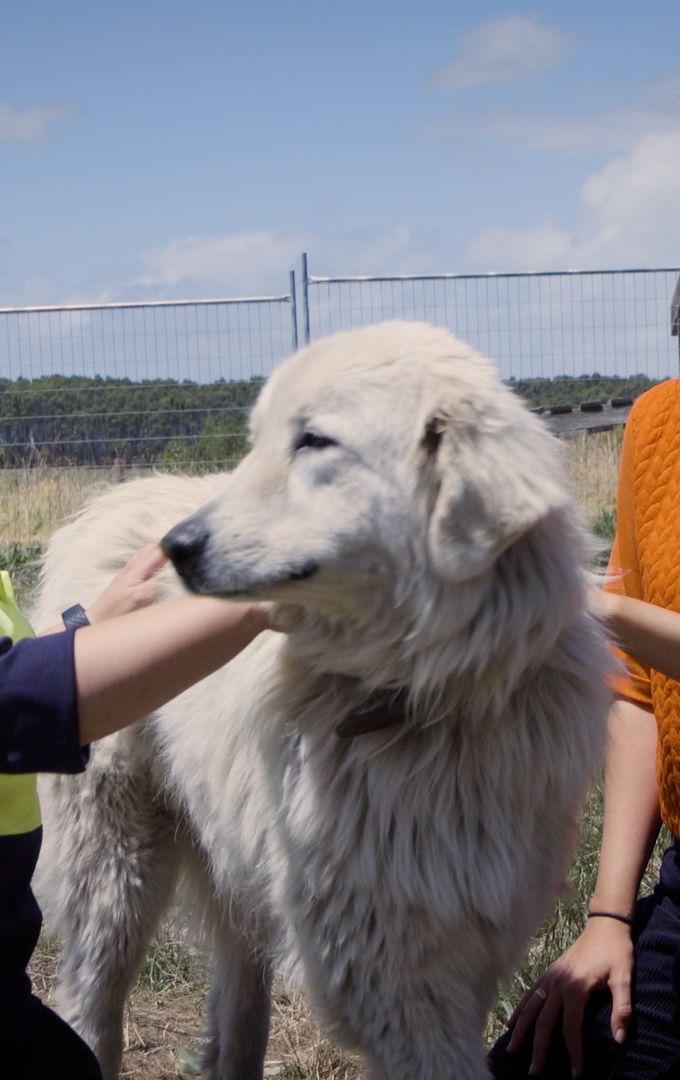
Maremmas are a very different breed of dog to normal domestic dogs, and they have a really strong instinct to guard. /CGTN
Maremmas are a very different breed of dog to normal domestic dogs, and they have a really strong instinct to guard. /CGTN
A couple of hundred kilometers west along the coast, by the city of Warrnambool, a colony of little penguins has come back from the brink, thanks to some unlikely allies.
The Maremmano-Abruzzese Sheepdogs, known as Maremmas, are Italian sheep dogs which have been bred for thousands of years to protect livestock from predators.
They've now been trained to protect the little penguins – the first time they've ever been trained to protect wildlife.
"Maremmas are a very different breed of dog to our normal domestic stay-at-home dogs. They're more closely related to wolves and they have a really strong instinct to guard," explained Corbett, who is also coordinator of the Middle Island Penguin Project.
The dogs are trained to protect Middle Island, the small, rocky outcrop on the coast that's home to a colony of little penguins.
A man-made breakwater built to protect the local marina changed the distribution of sand near the island and a formerly deep channel became shallow enough to cross.
Foxes began to get over low tide and kill penguins en masse – until the dogs arrived.
The dogs patrol the island full time during the little penguin breeding season from August to February, and Corbett and her team visit daily to feed the dogs and swap them over.
"There actually used to be a lot more little penguin colonies than there are now. And because of threats like foxes and also wild dogs and cats, pretty much unless they're on an island, they've been completely wiped out," Corbett said.
In 2006, with public support, the island was closed to humans and the first Maremma was put on guard.
But while getting Maremmas onto Middle Island can sometimes be challenging when the sea is rough and crossing becomes difficult, the relentless foxes are no match for them when the Maremmas are on guard, and no penguins have been killed while the dogs are on duty.
"It's absolutely incredible to see how the project works, you'll actually see fox prints coming right up to the edge of the water, and then they'll turn around because when the dogs are there, they know they're there."
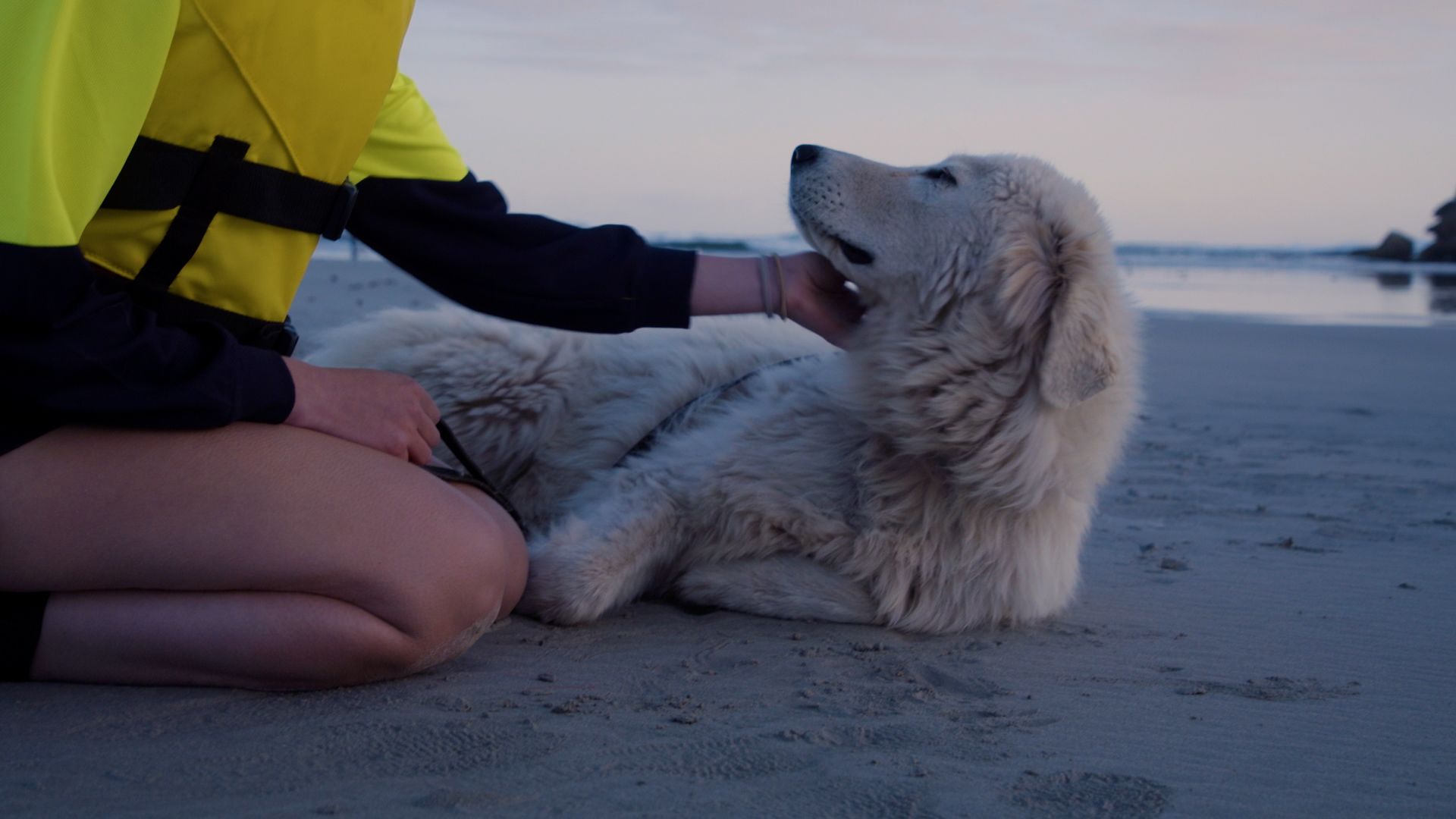
Patricia Corbett and her team visit daily to feed the dogs and swap them over. /CGTN
Patricia Corbett and her team visit daily to feed the dogs and swap them over. /CGTN
The dogs patrol the island full time during the little penguin breeding season from August to February, and Corbett and her team visit daily to feed the dogs and swap them over.
"There actually used to be a lot more little penguin colonies than there are now. And because of threats like foxes and also wild dogs and cats, pretty much unless they're on an island, they've been completely wiped out," Corbett said.
In 2006, with public support, the island was closed to humans and the first Maremma was put on guard.
But while getting Maremmas onto Middle Island can sometimes be challenging when the sea is rough and crossing becomes difficult, the relentless foxes are no match for them when the Maremmas are on guard, and no penguins have been killed while the dogs are on duty.
"It's absolutely incredible to see how the project works, you'll actually see fox prints coming right up to the edge of the water, and then they'll turn around because when the dogs are there, they know they're there."
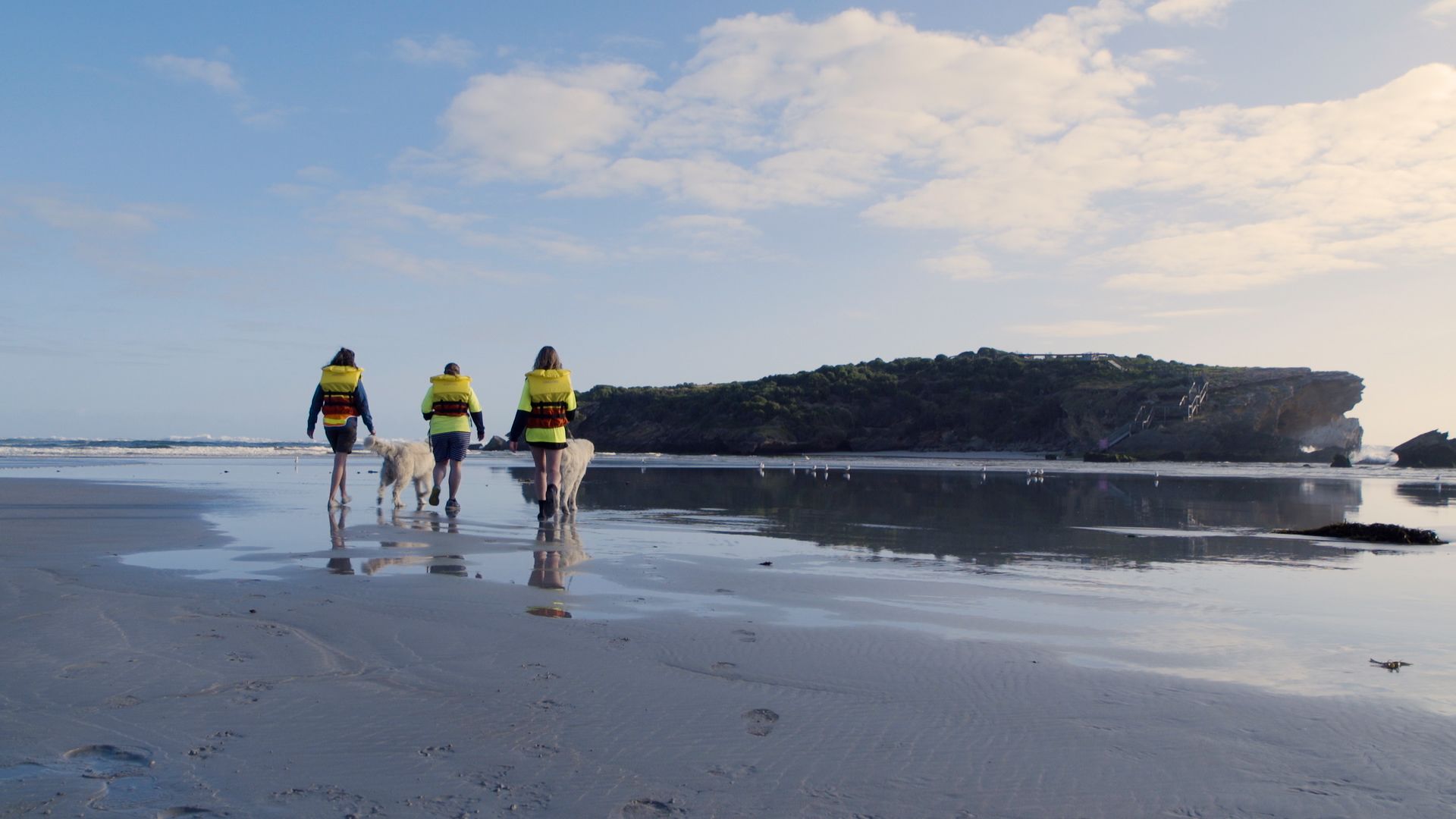
The dogs patrol the island full time during the little penguin breeding season from August to February. /CGTN
The dogs patrol the island full time during the little penguin breeding season from August to February. /CGTN

Patricia Corbett and her team visit daily to feed the dogs and swap them over. /CGTN
Patricia Corbett and her team visit daily to feed the dogs and swap them over. /CGTN
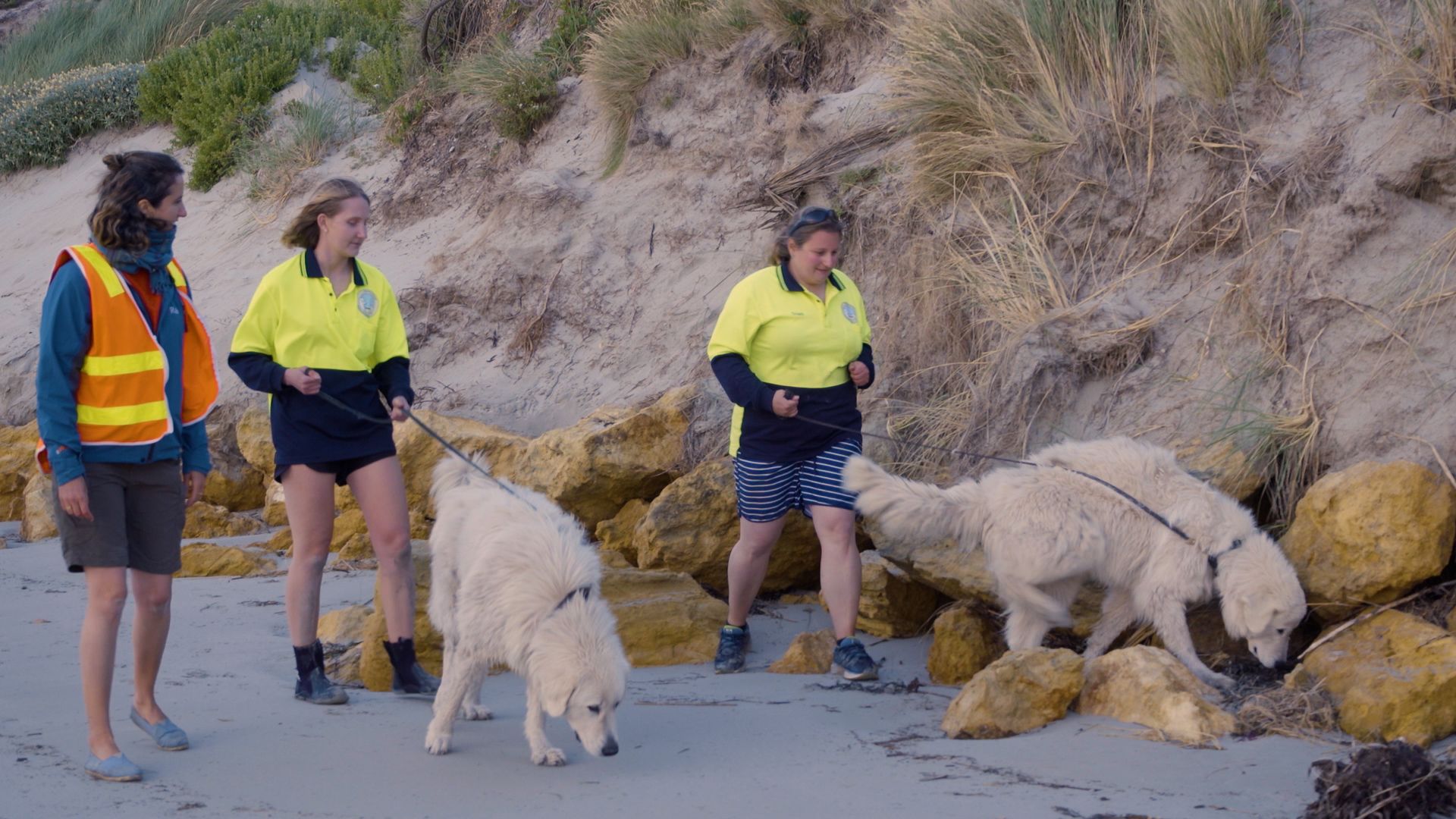
The maremmas don't kill the foxes, but their scent is enough to deter the foxes away. /CGTN
The maremmas don't kill the foxes, but their scent is enough to deter the foxes away. /CGTN
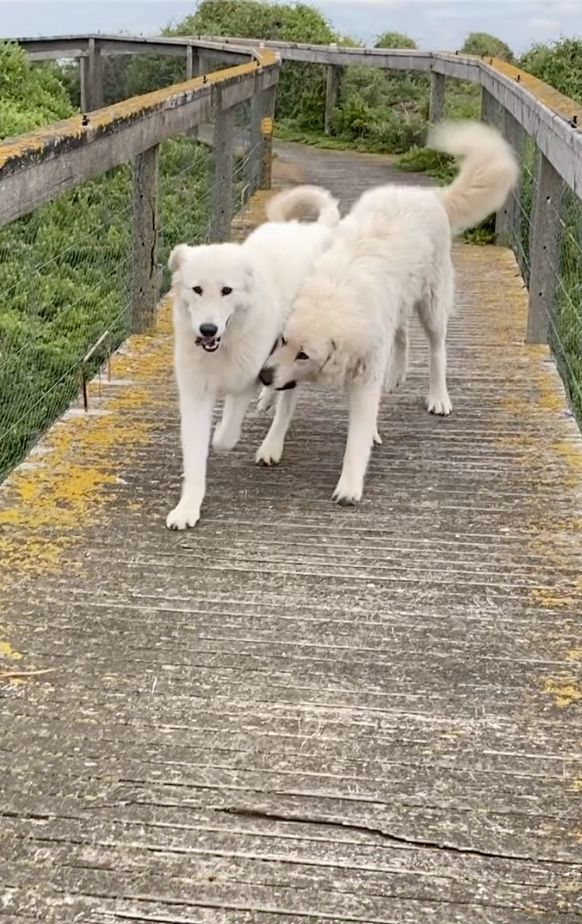
The Maremma's are keen to constantly be on patrol and can stay on the island for up to two weeks at a time. /CGTN
The Maremma's are keen to constantly be on patrol and can stay on the island for up to two weeks at a time. /CGTN
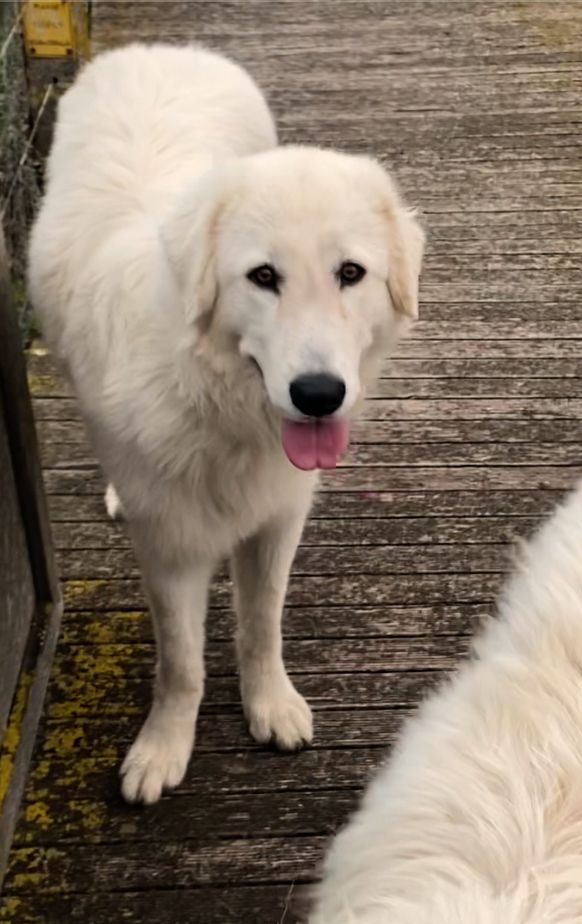
The dogs don't even sleep in their kennels to make sure they're on alert to be able to hear and see threats at all times. /CGTN
The dogs don't even sleep in their kennels to make sure they're on alert to be able to hear and see threats at all times. /CGTN
The Maremmas don't kill the foxes, the dogs' scent is enough to deter them and any braver foxes are scared away by the dogs' bark.
Their instinct to protect is so strong that they are constantly on patrol. They can stay on the island for up to two weeks at a time and don't even sleep in their kennels because they want to be able to hear and see threats at all times.
The success of these pioneering canine conservationists has led to the technique being replicated to protect a colony of gannets and even endangered marsupials.
When the project started, there were only four penguins left on Middle Island. Now there are between 70 and 100.
But for the last couple of years the penguins have been arriving late on Middle Island to breed, and the team suspect there may be a problem with their food supply at sea.
CONSERVATION AT SEA
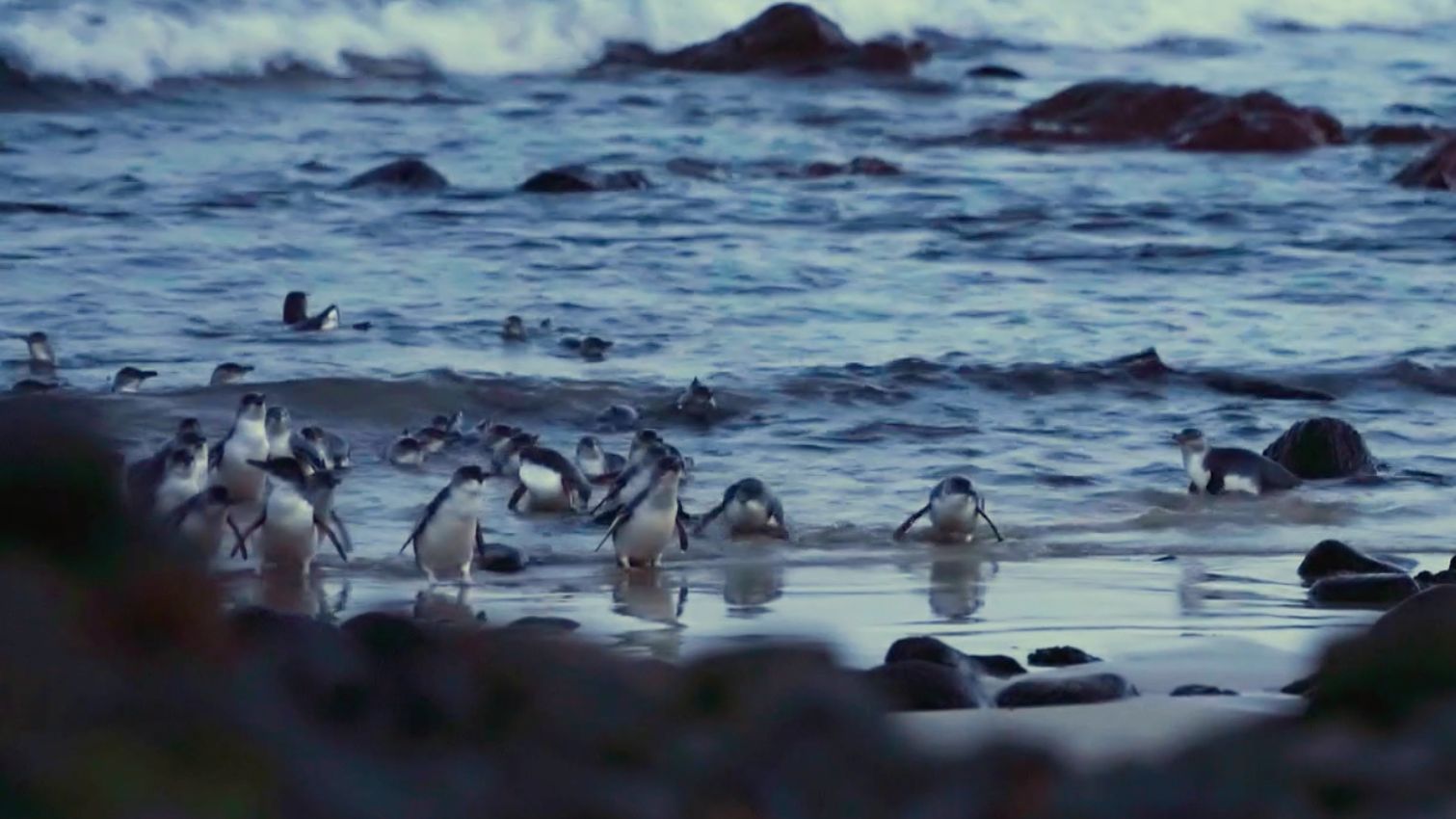
Rebuilding the penguins' habitat and protecting them from dangers on land is one thing, but the animals spend most of their time hunting for food in the ocean, so the Phillip Island Nature Park team's next challenge is to protect the ecosystem out there too.
One way to do this is by attaching small devices to the penguins to help gain insights into their behavior in the ocean.
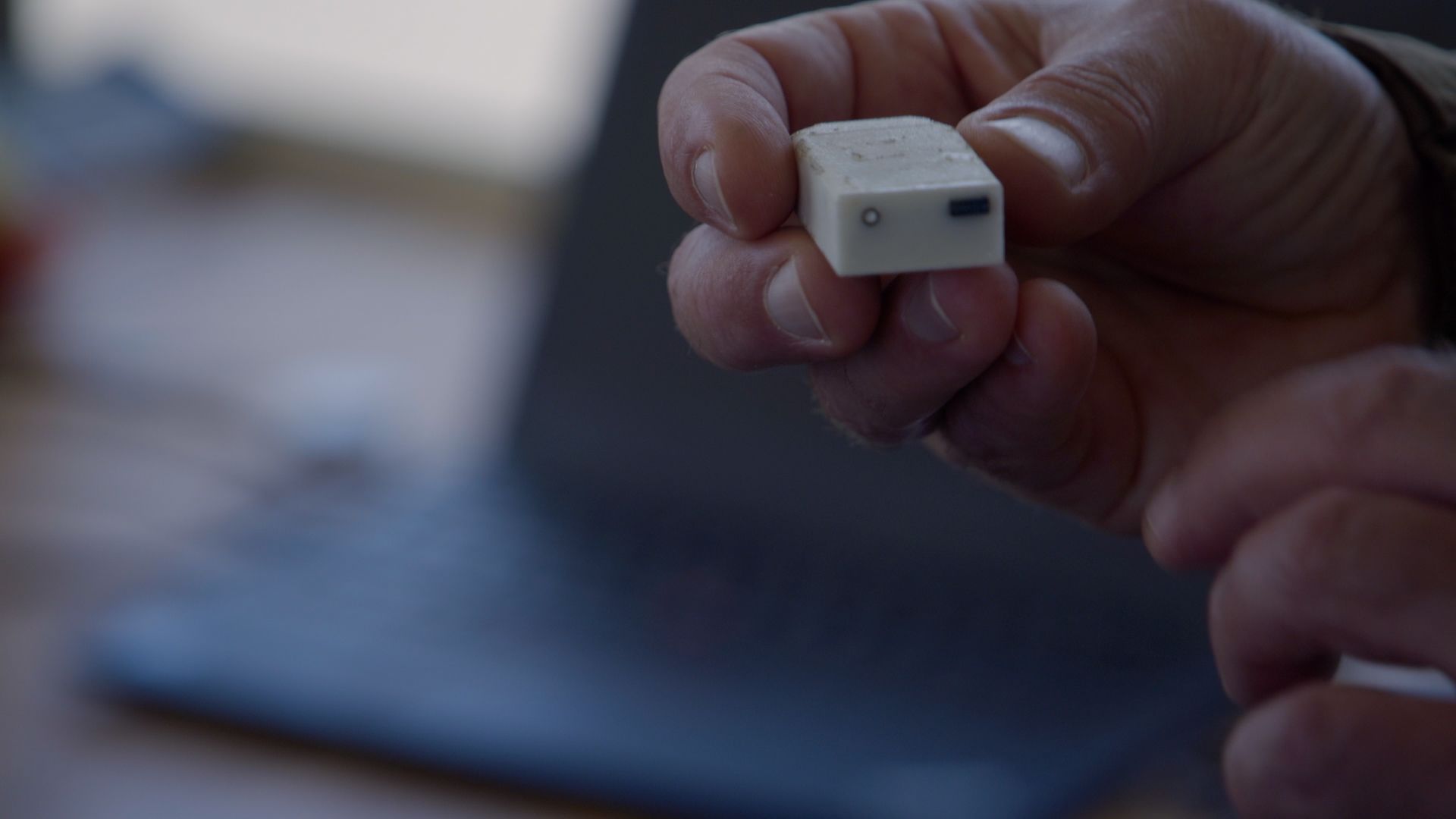
A tracker is attached to the little penguins to help the conservationists with their work. /CGTN
A tracker is attached to the little penguins to help the conservationists with their work. /CGTN
"The logger is like the Fitbit that people use for exercise," explained Andre Chiaradia. "So, we put the same on penguins, but this one has a GPS as well. They go out at sea and everything gets recorded. And those birds, they can go really, really far from here. They're very comfortable in the water," he added.
The devices that at attached to the penguins backs collect vital information for the conservationists.
"We want to see, importantly, where the penguins are going," research officer Meagan Tucker told RAZOR.
"So where those feeding hotspots are – and with the accelerometer and the time depth, we can see where they're actually encountering prey. So we can see where they're just swimming straight out and when they're diving," she added.
The team can then use the information about where they're going for marine spatial planning, to protect those places where the penguins are foraging.
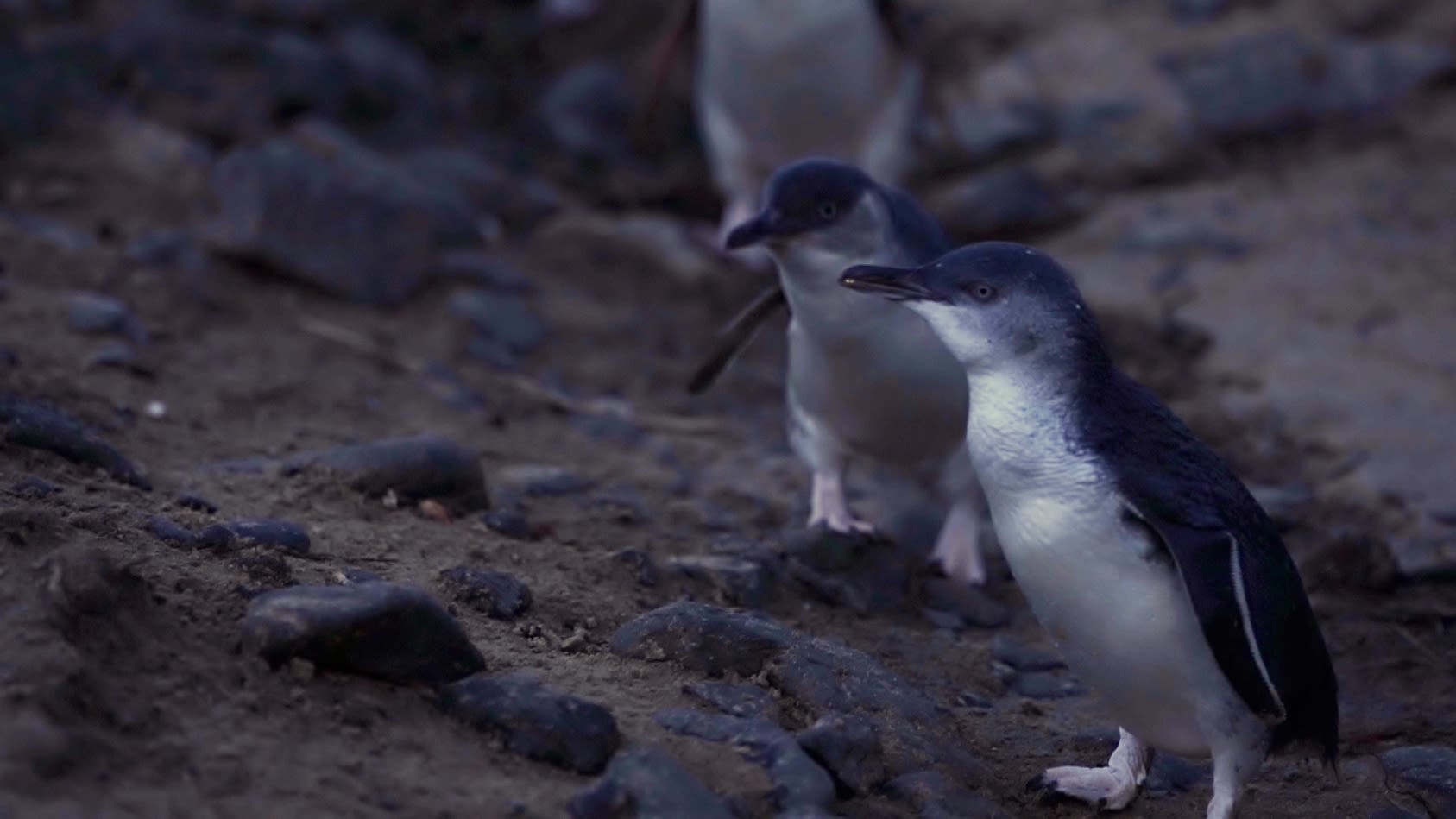
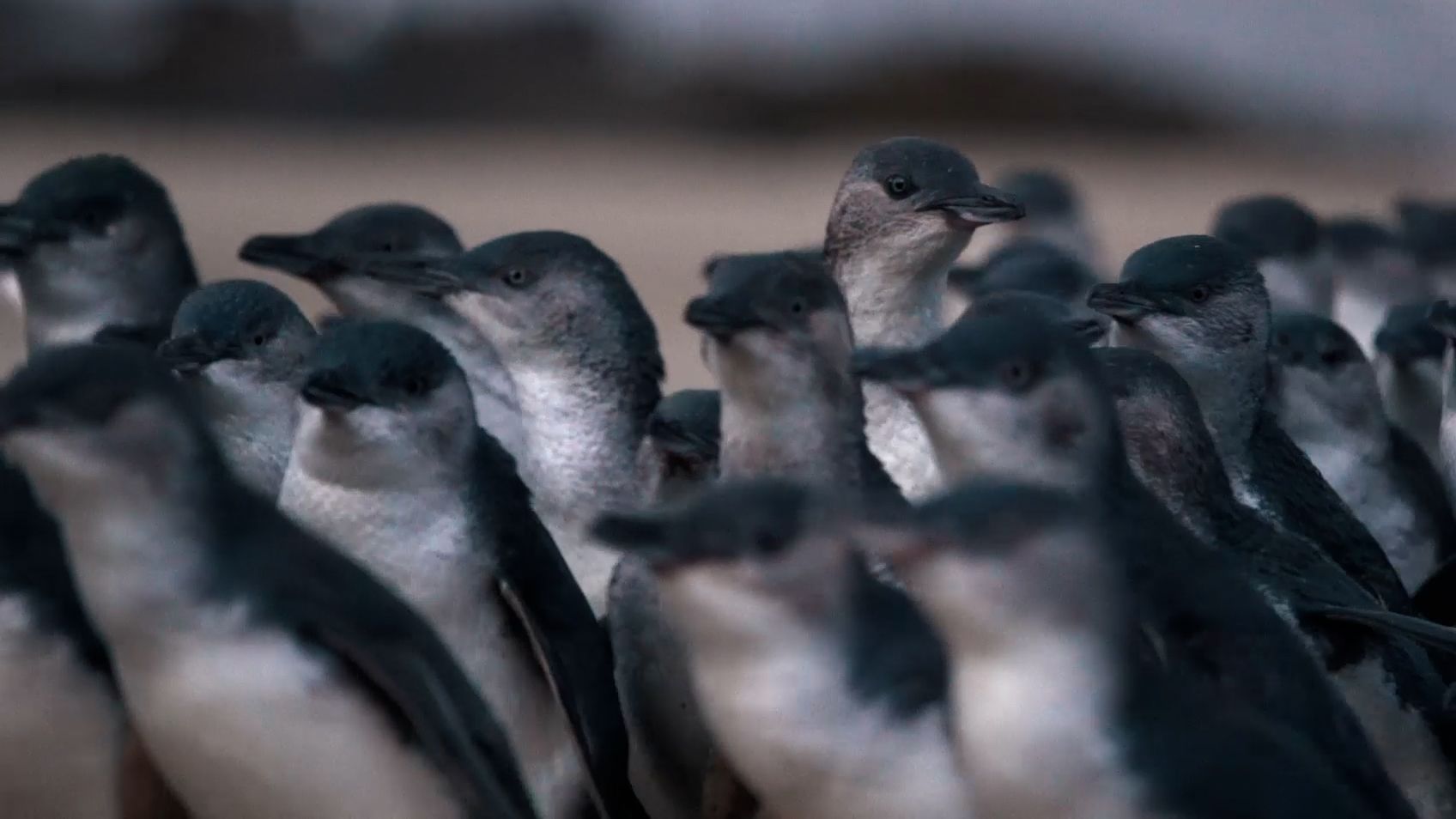
Penguin parents take it in turns to go out hunting while the other stays at home with the chicks.
Tucker identified a penguin to track that's been sitting on an egg for a week now, so is due to head back out to sea very soon.
Enlisting the help of RAZOR's Sylvia Rowley, Tucker and Chiaradia carefully take the penguin out of its nest, weigh it and attach the logger to its feathers in a very delicate and time-sensitive operation.
Chiaradia explained that it's important to time how long it takes for this operation to be completed for ethical reasons, as it is vital to minimize the amount of time penguins are handled.
The logger was attached in four minutes and 40 seconds, just within the five-minute limit.
The team also analyzes the penguins' scat to see exactly what they've eaten and weigh them before and after their hunting trips, to see how much they fish they were able to catch.
So far, the research has shown that over two breeding seasons, the penguins need to eat an estimated 219 tonnes of sardines and 215 tonnes of red cod, all within 30 kilometers of the island.
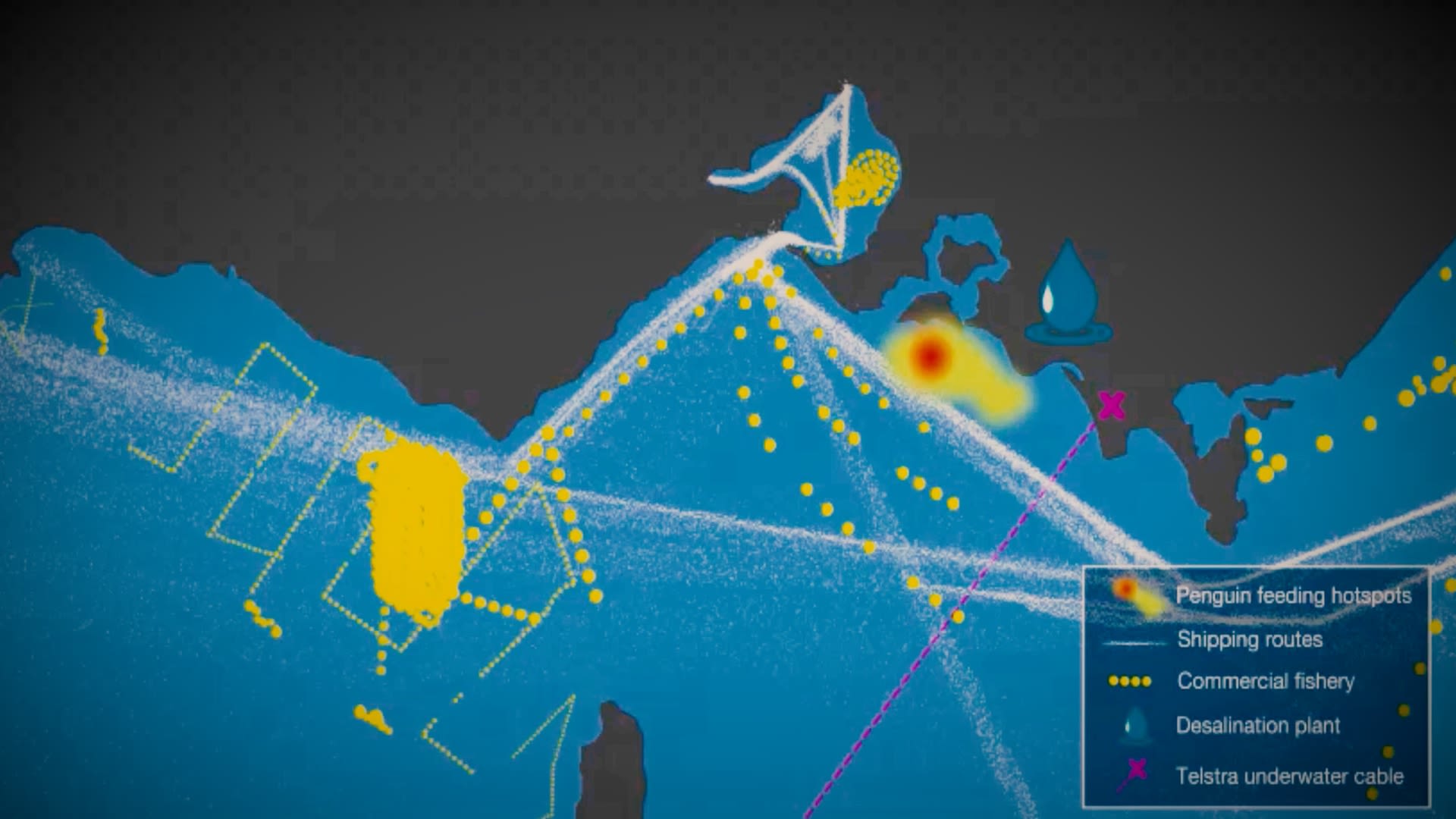
Mapping penguin feeding hotspots and where they dive deepest helps conservationists with spatial planning to protect the areas where penguins go foraging. /CGTN
Mapping penguin feeding hotspots and where they dive deepest helps conservationists with spatial planning to protect the areas where penguins go foraging. /CGTN
"But the other part of the equation, is who else is actually in those areas?" Chiaradia asked.
"Is there fishery there, are there fishermen, is there a commercial fishery, is there recreational fishery, is there commercial shipping, is there gas and oil?" he explained.
With all the other players also using the same ocean space as the penguins, the team need to get as accurate information as possible from the loggers in order to work out a plan with them so the little penguins can use the ocean during certain months without all the activity.
Through these negotiations Chiaradia hopes to protect the penguins' feeding grounds well into the future, something that’s becoming increasingly important as climate change disrupts marine life.
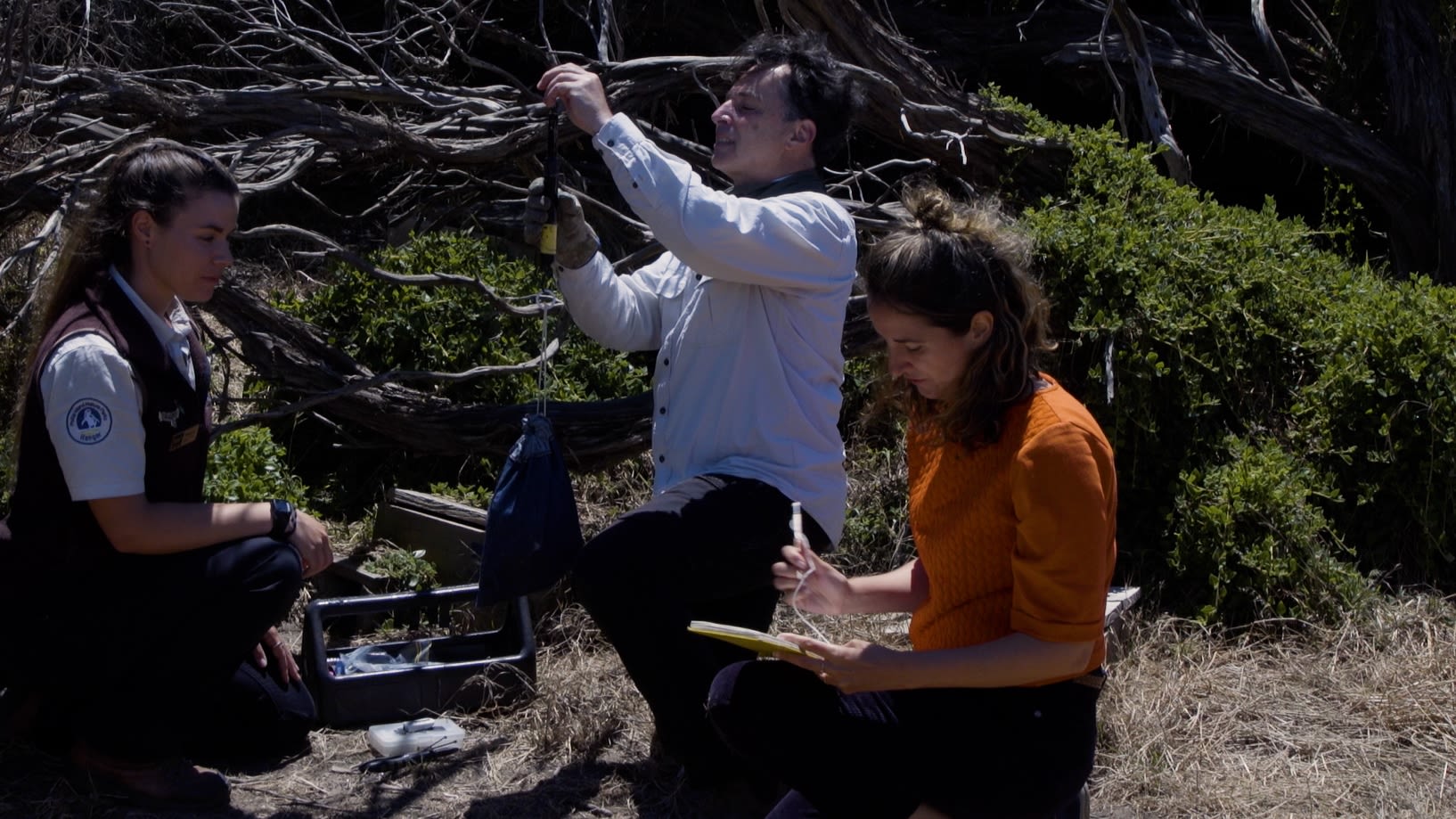
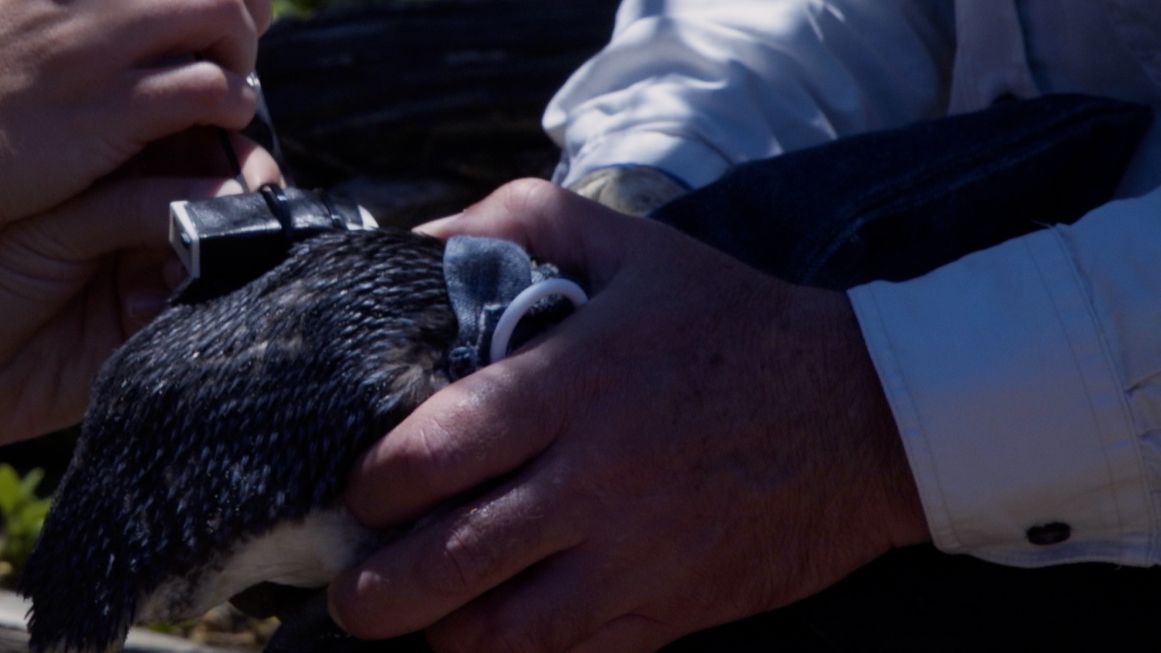
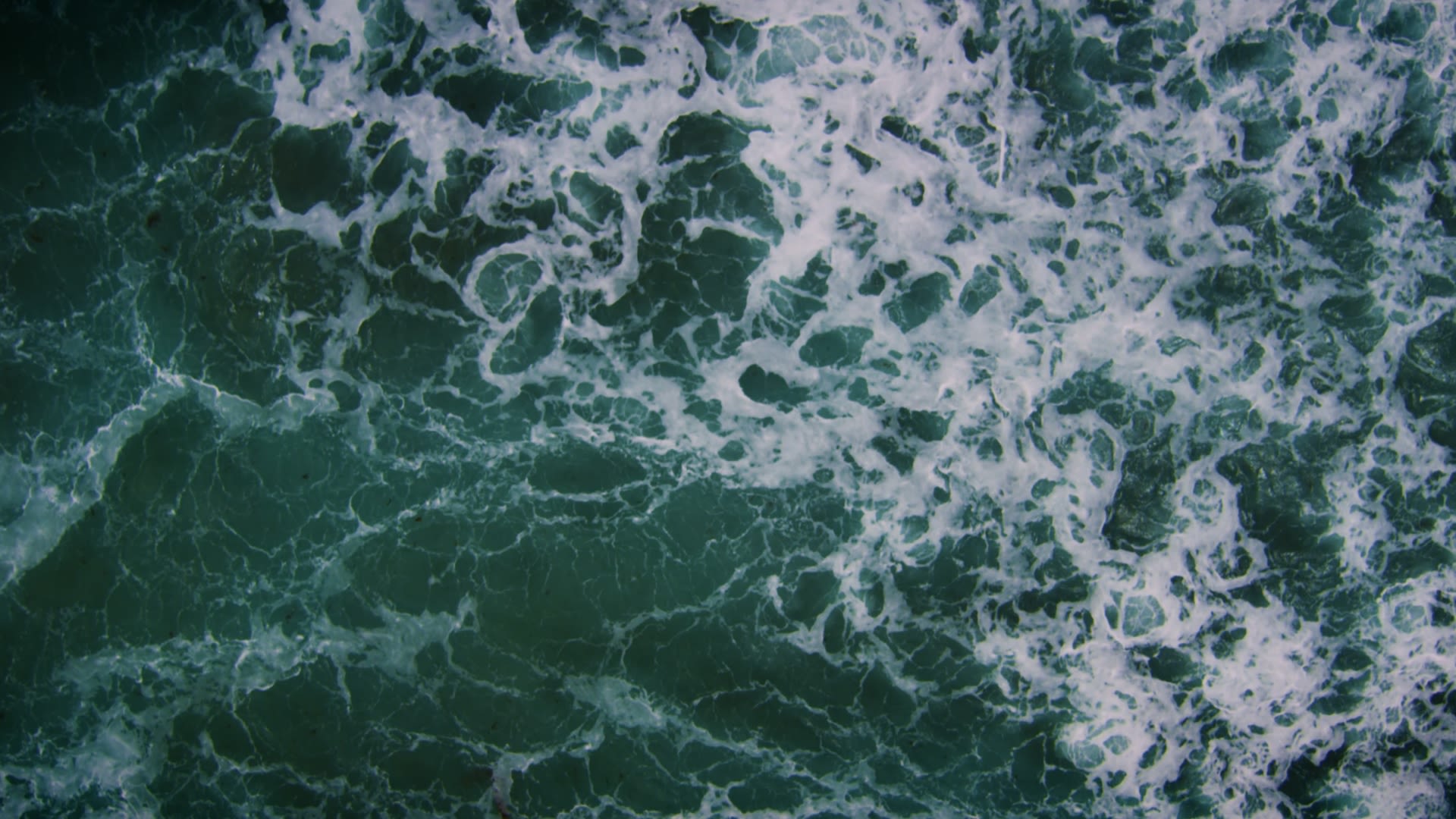
Penguin-related tourism is worth more to the state of Victoria here than commercial fishing, which is a real boost to the team's bargaining power.
Hundreds of thousands of tourists come here each year to watch the penguins waddle ashore at dusk.
In a spectacular natural show, they can be seen out in the ocean before clumping together in a big group and surfing in on the waves to get closer to shore.
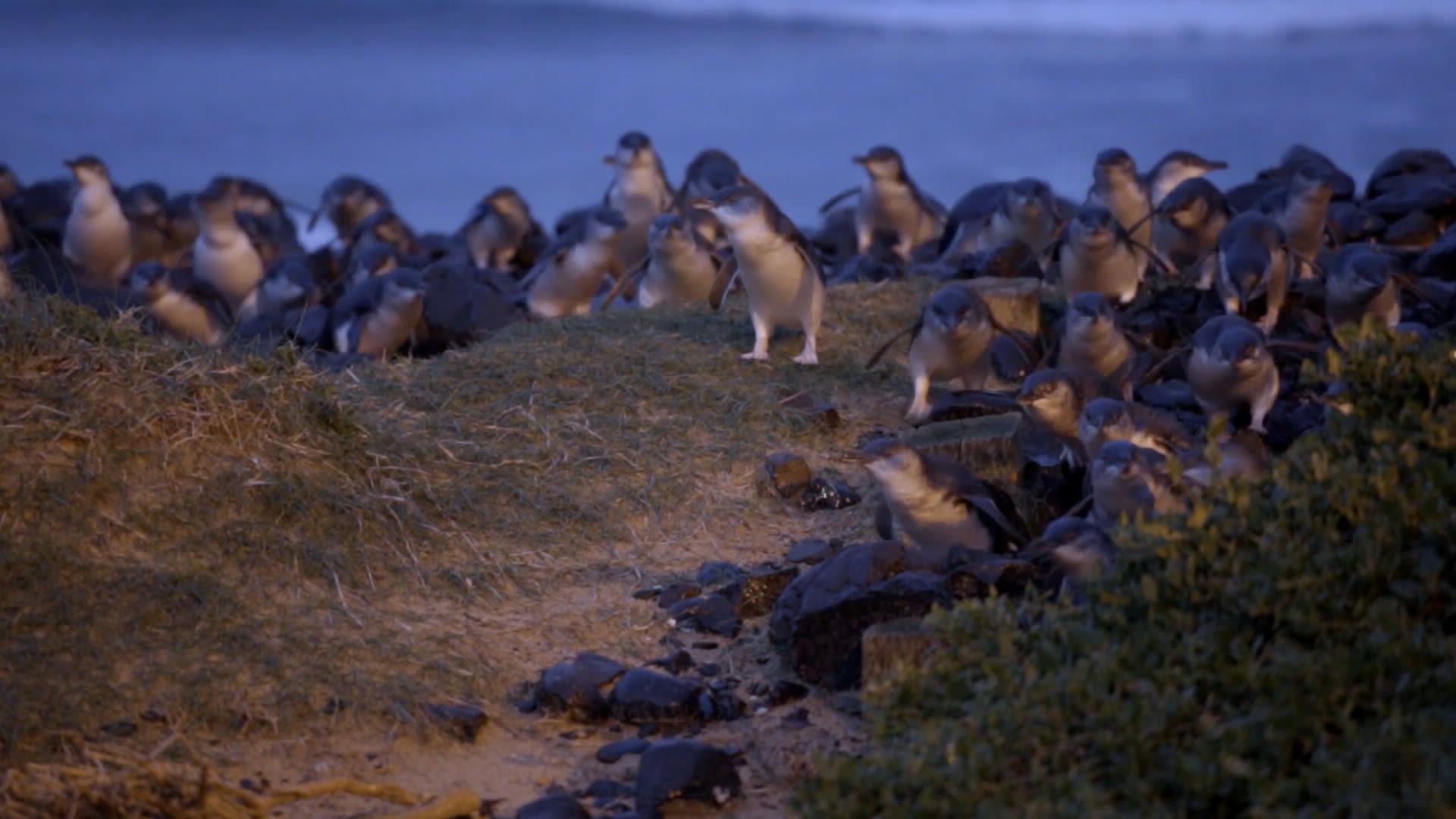
Little penguins are important for the survival of the entire ecosystem in which they live. /CGTN
Little penguins are important for the survival of the entire ecosystem in which they live. /CGTN
The fact that they're coming ashore in such numbers is a real testament to the conservation work that's being done in the area to protect the little penguins and their ecosystems.
Conservationists hope the revenue from these tourism activities will help ensure that they're also protected well into the future.